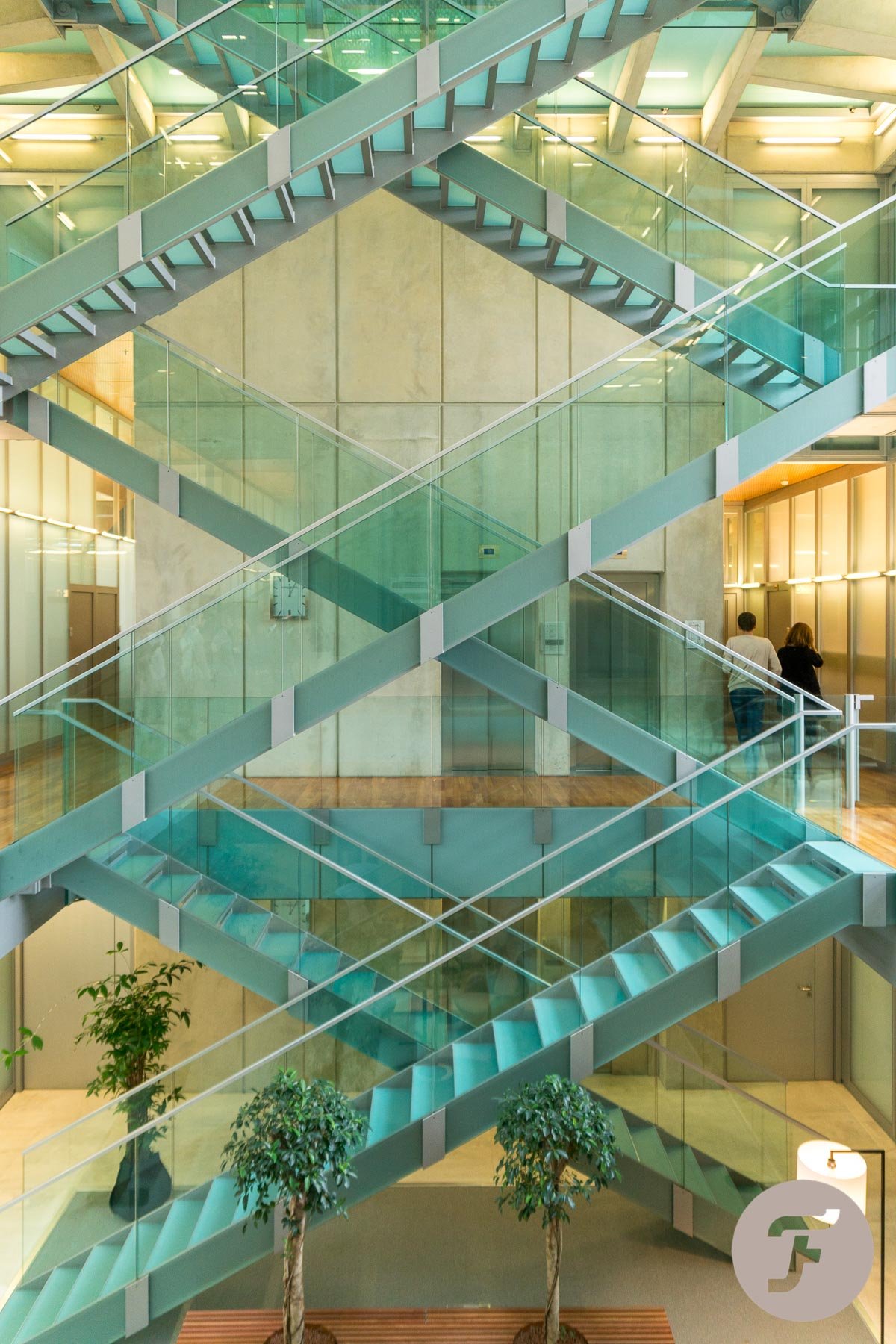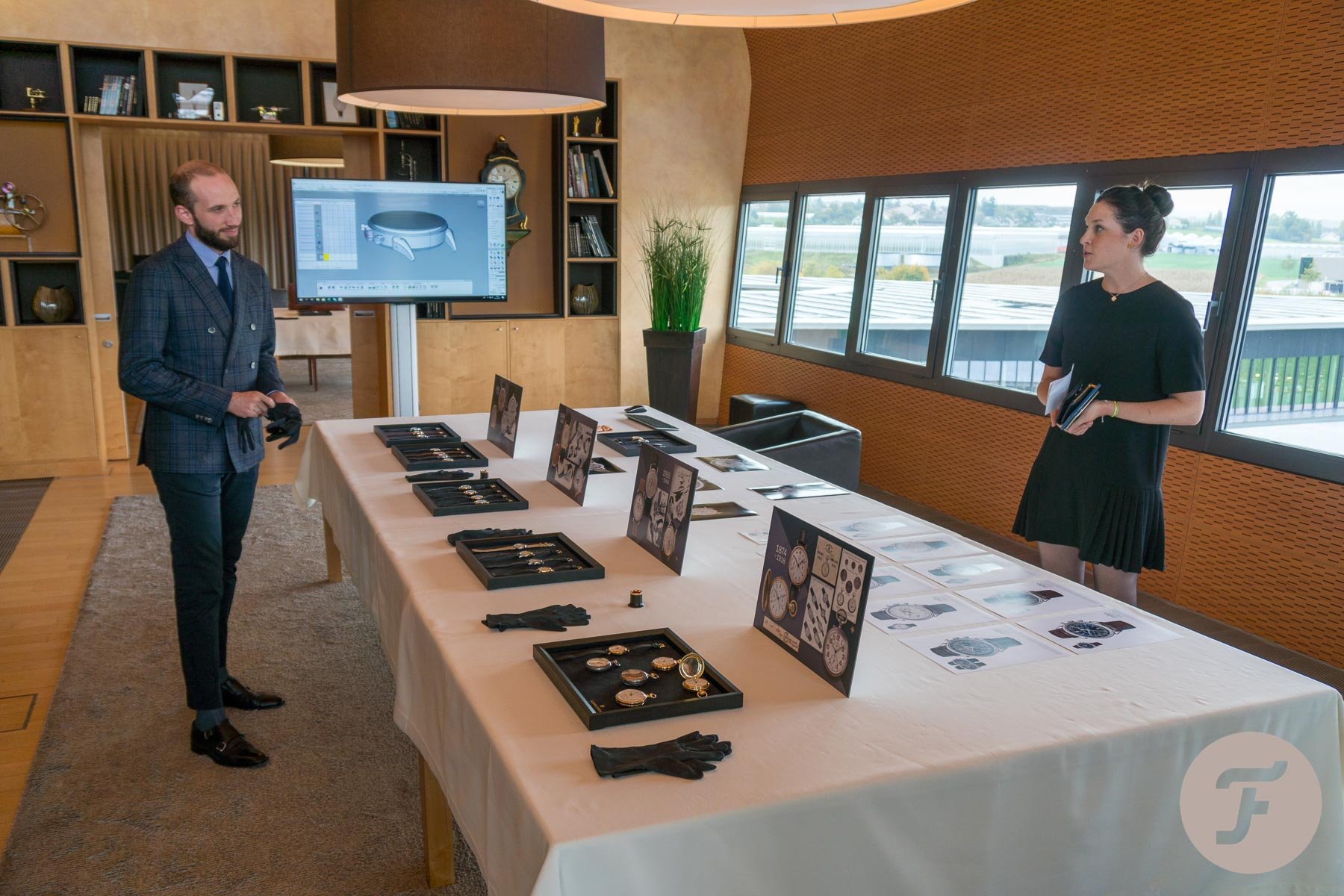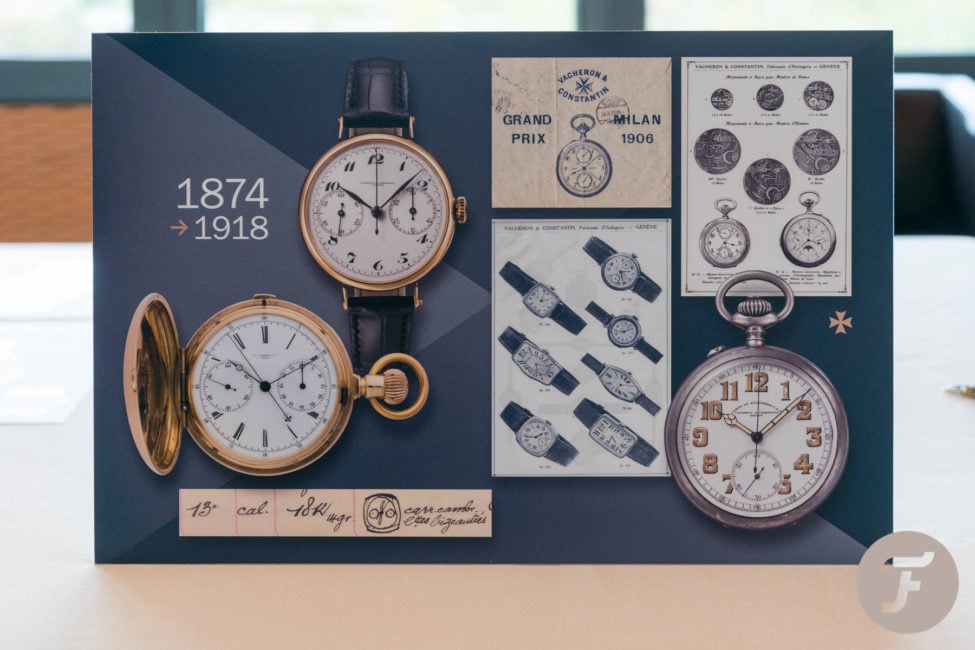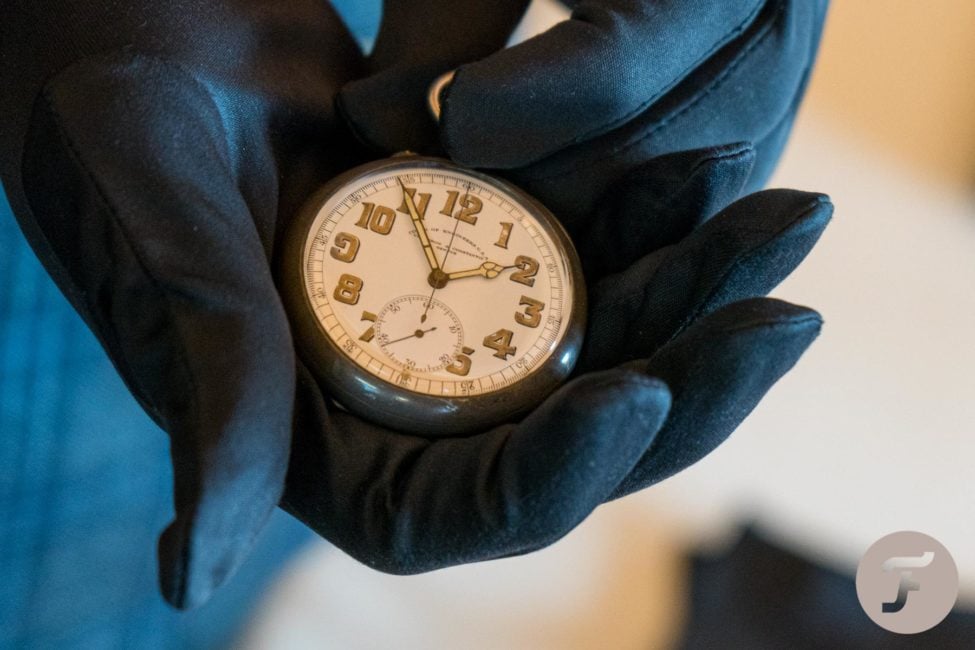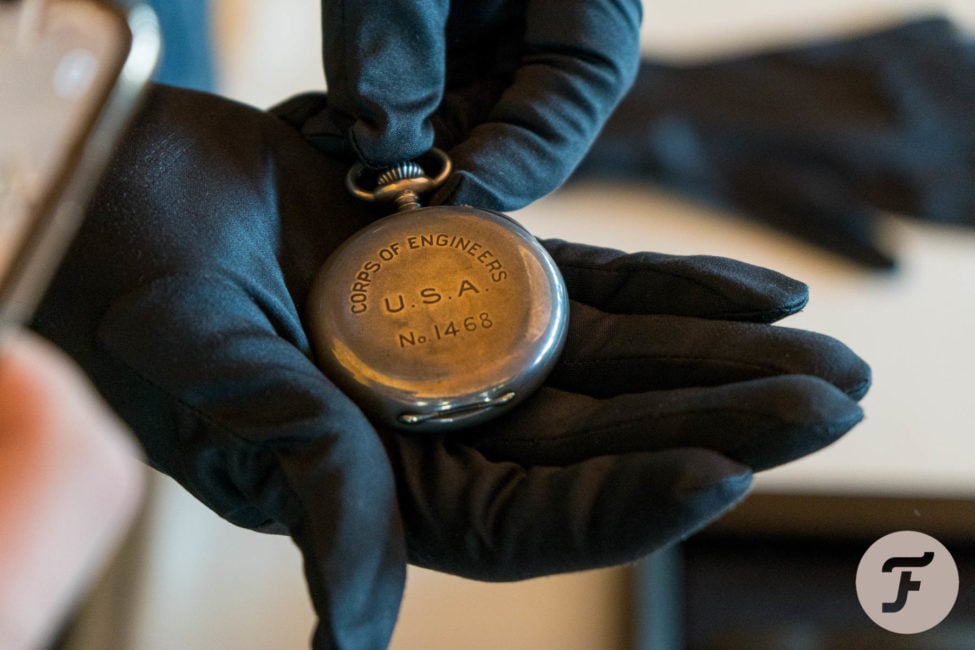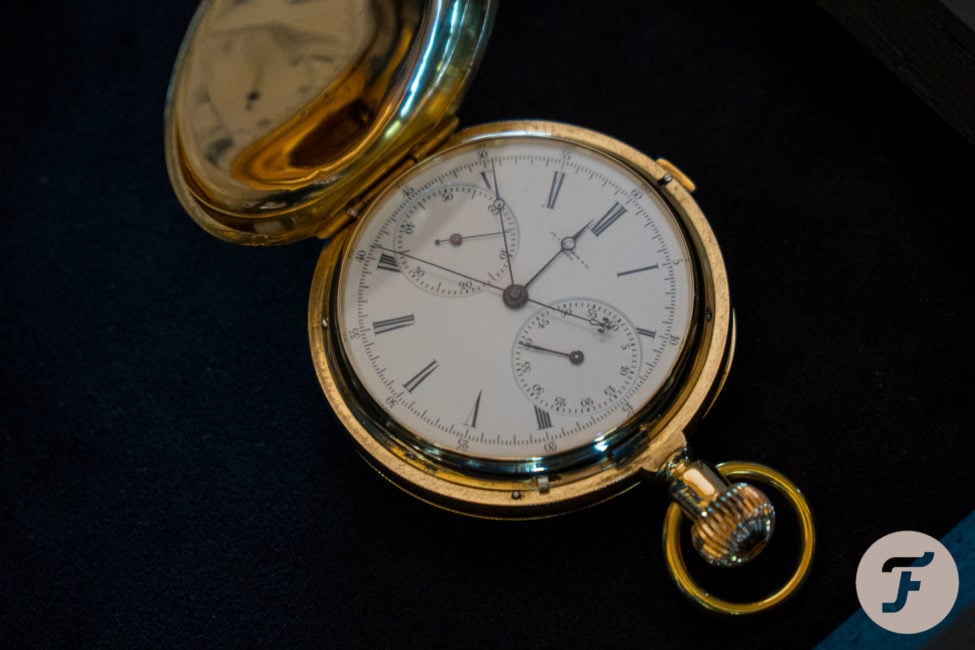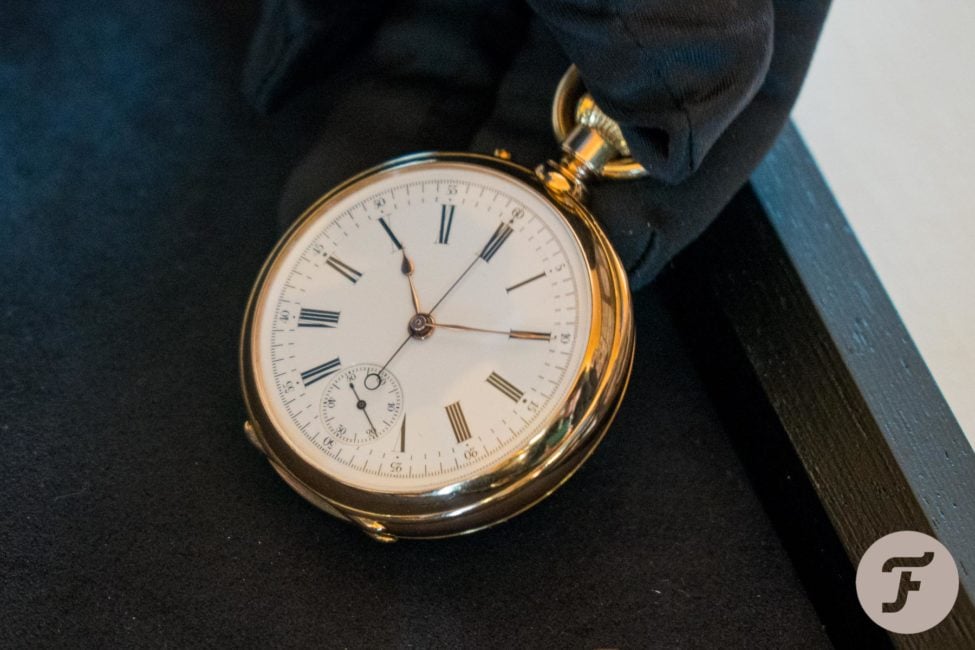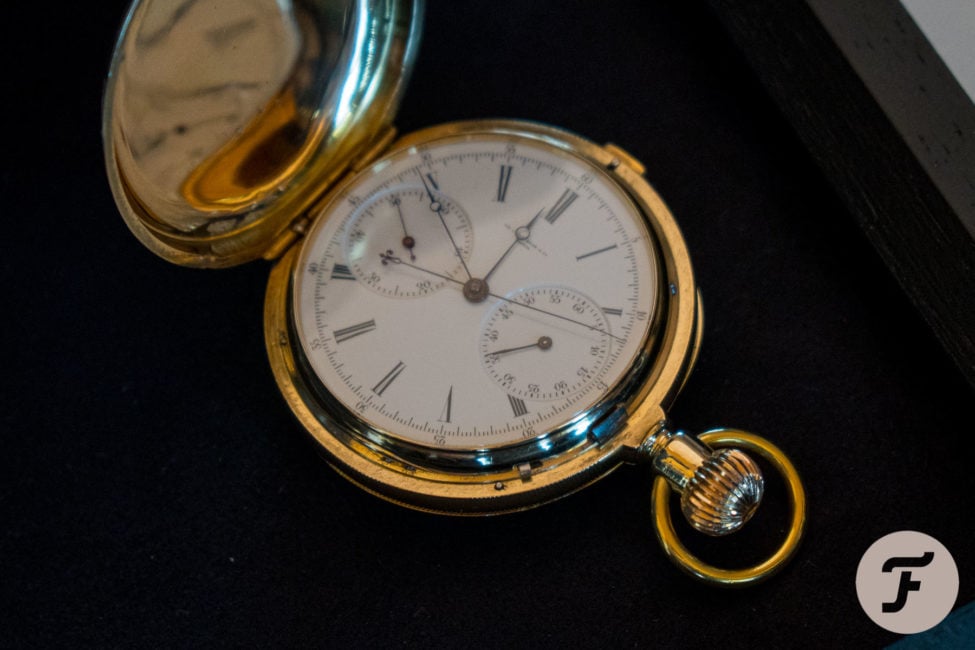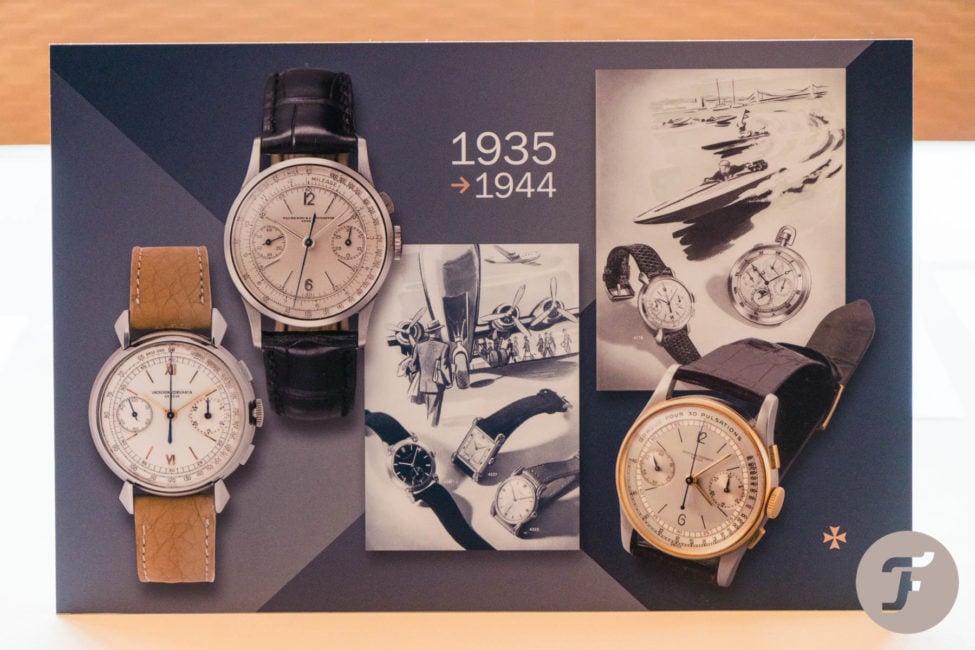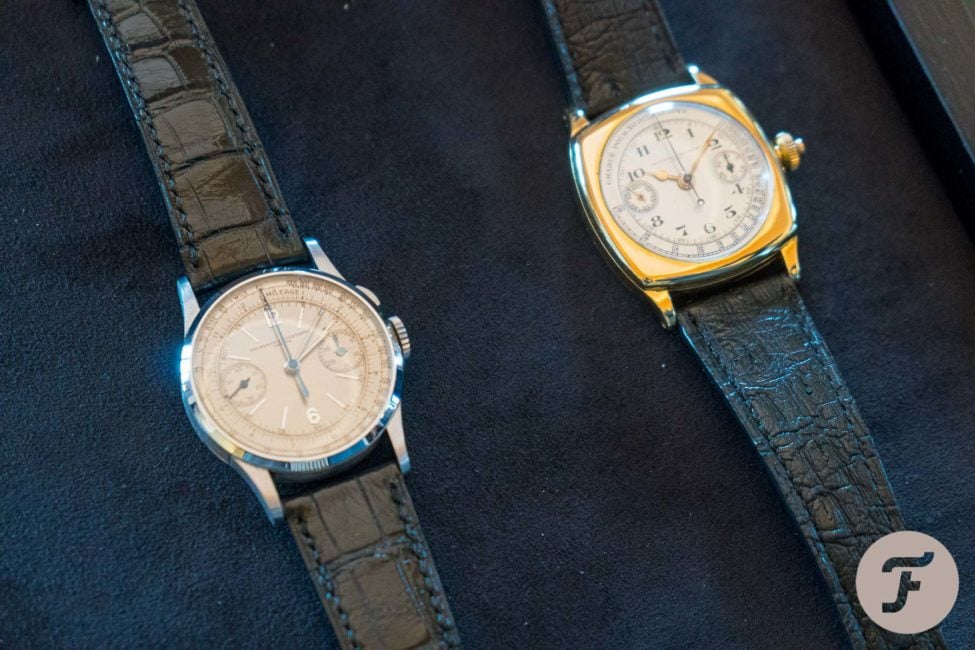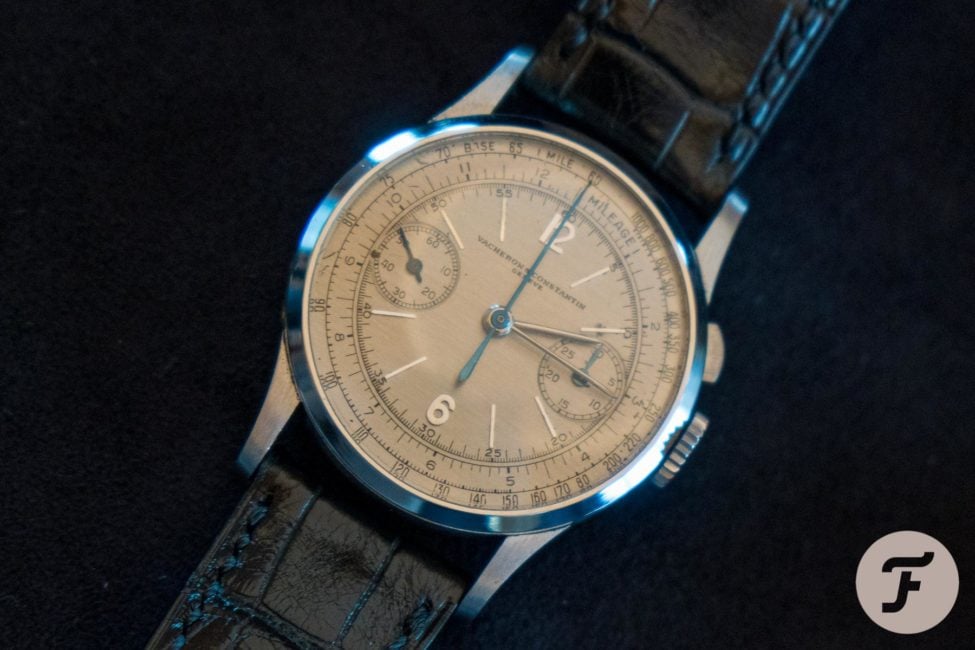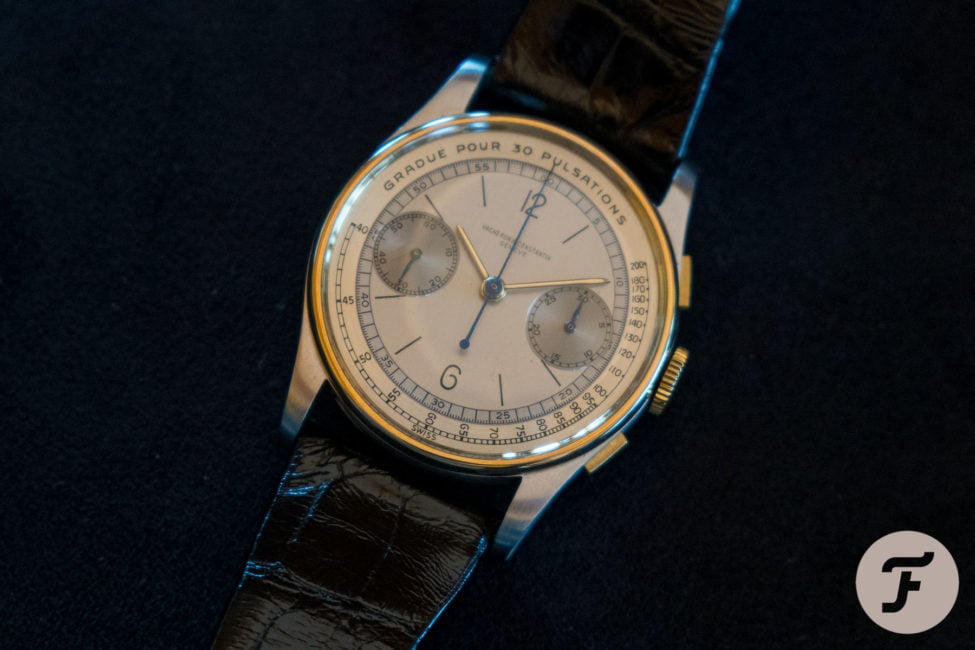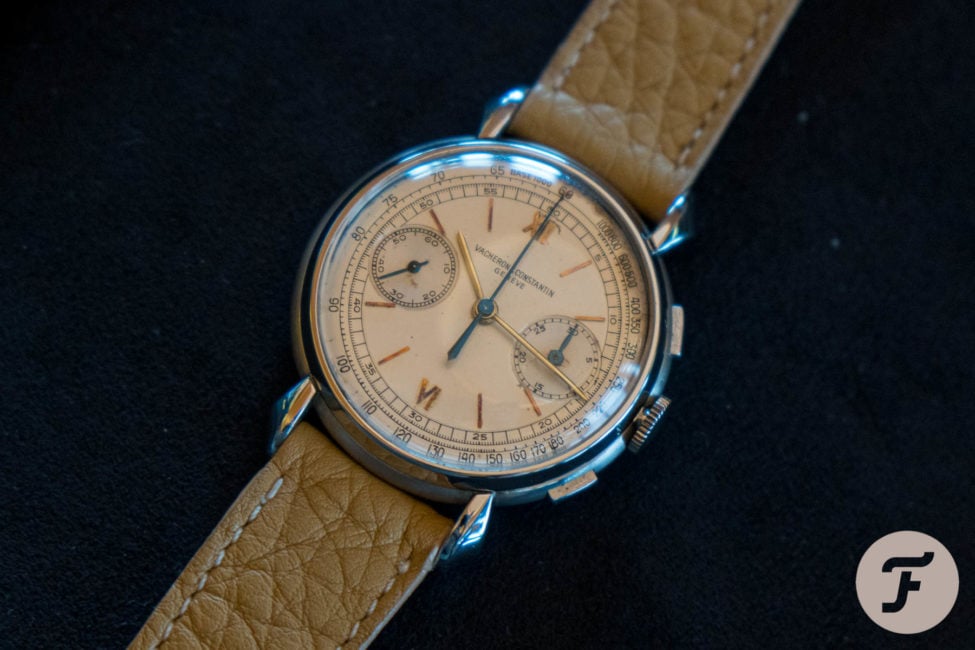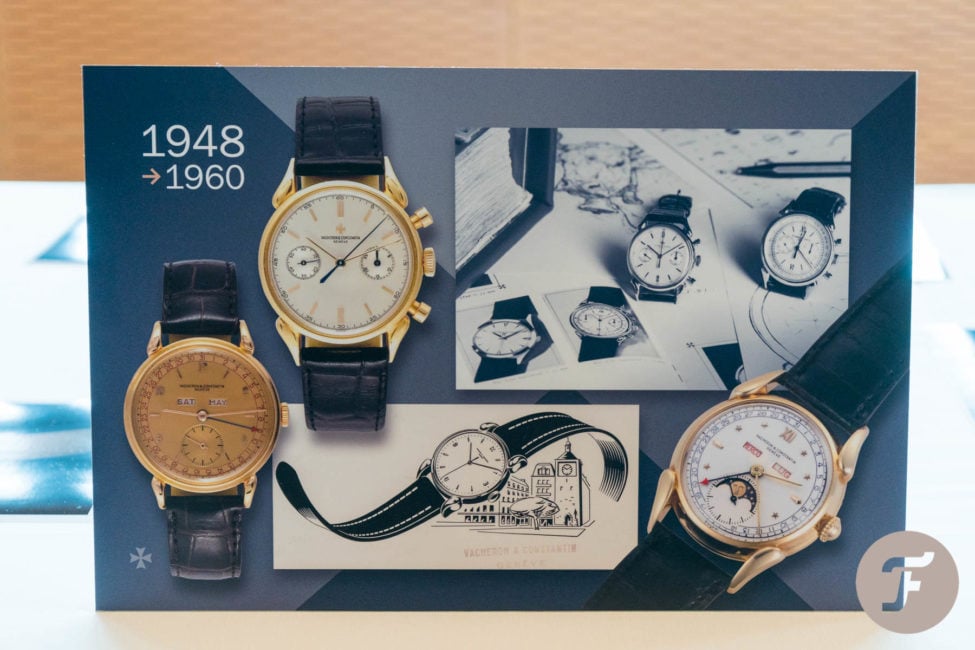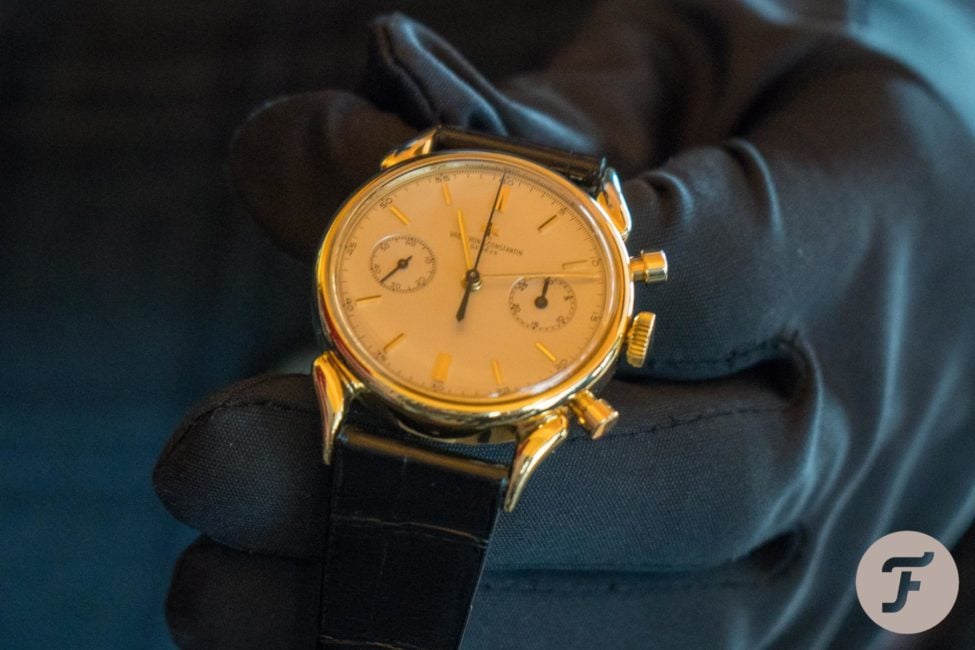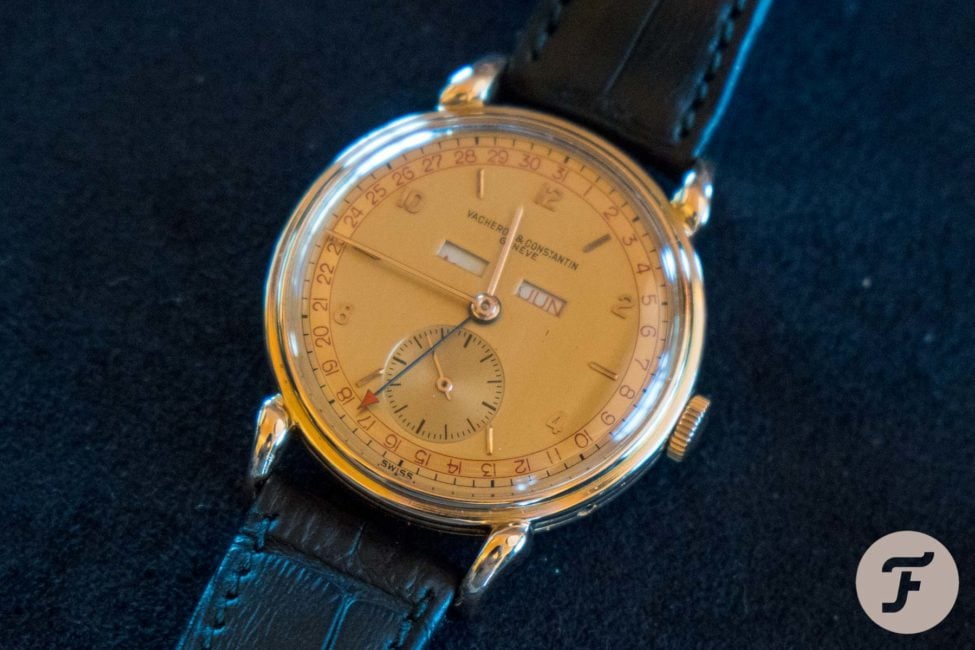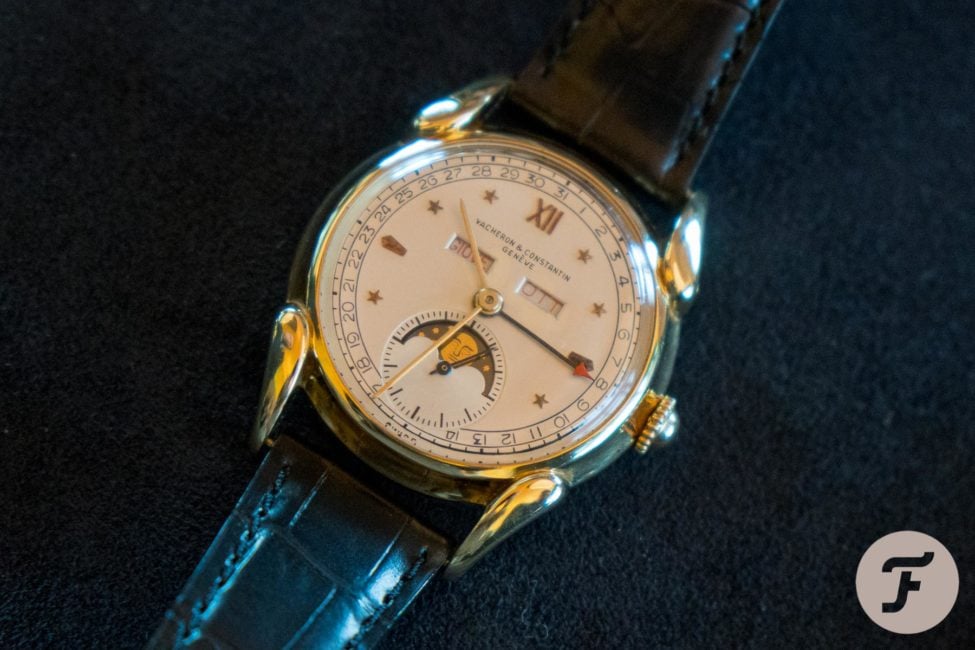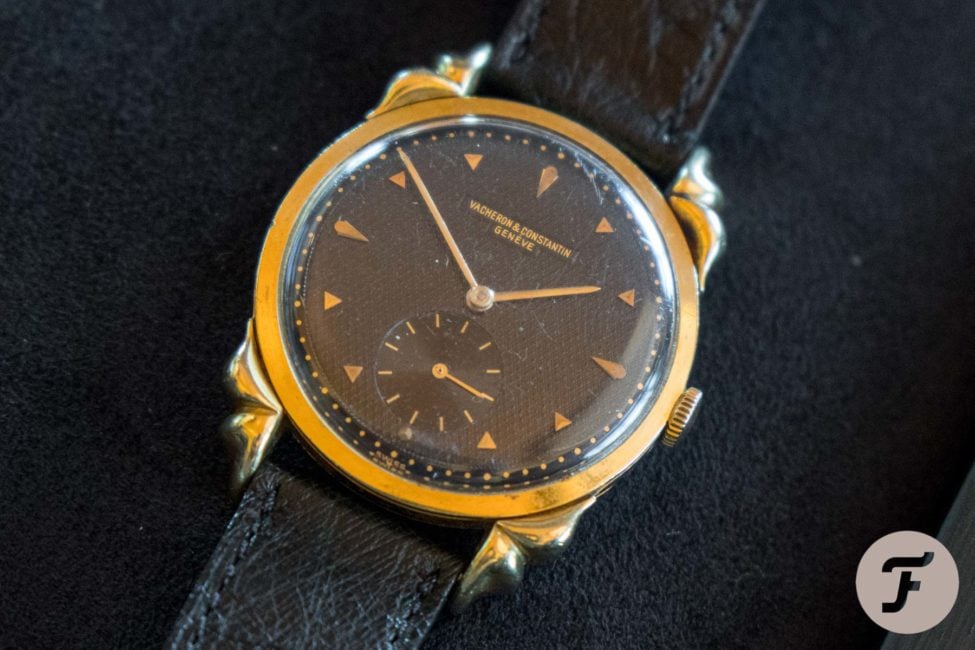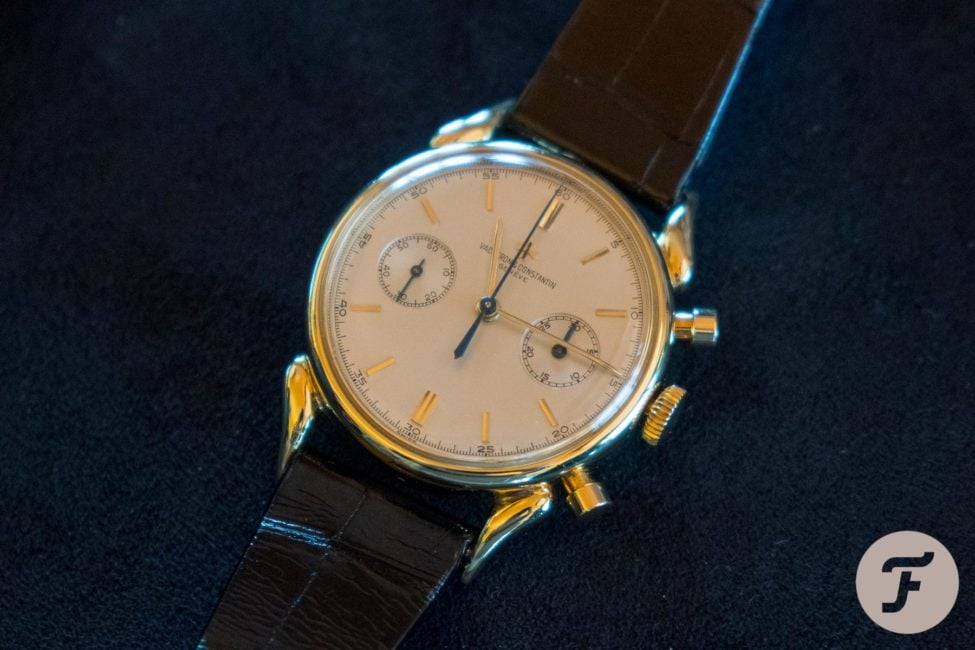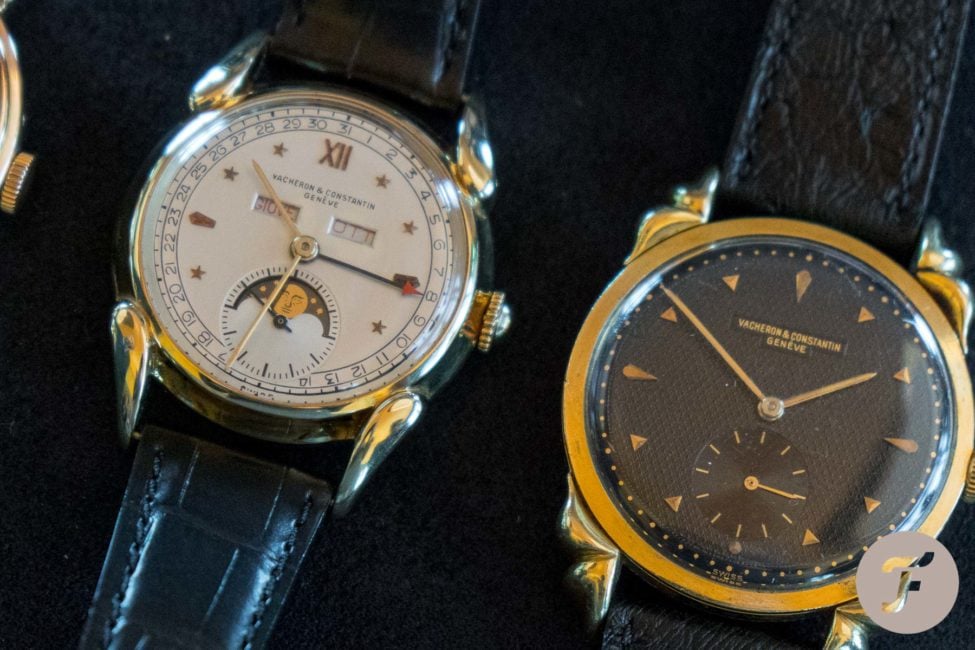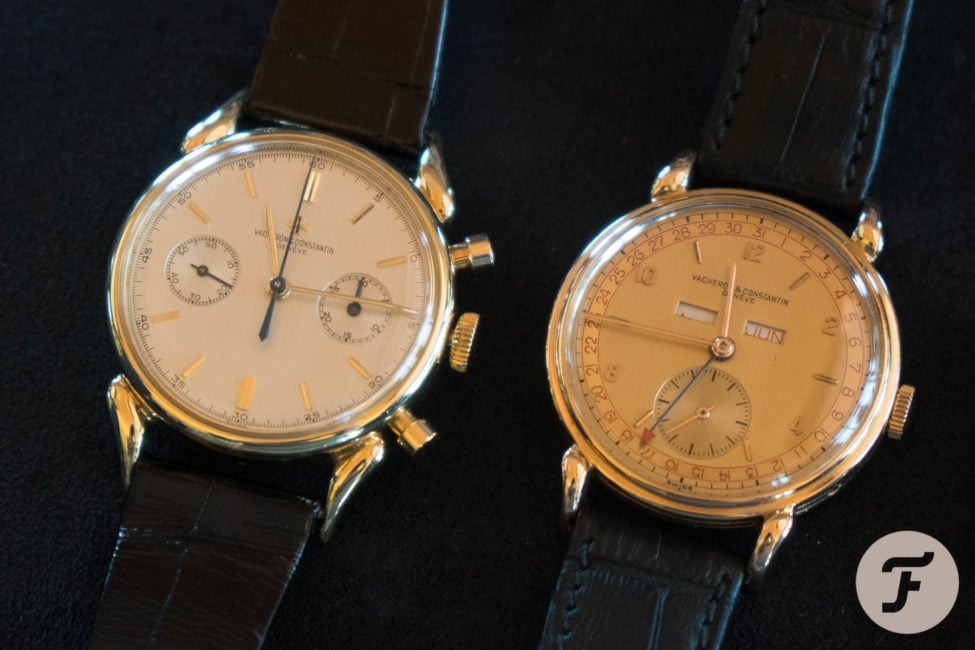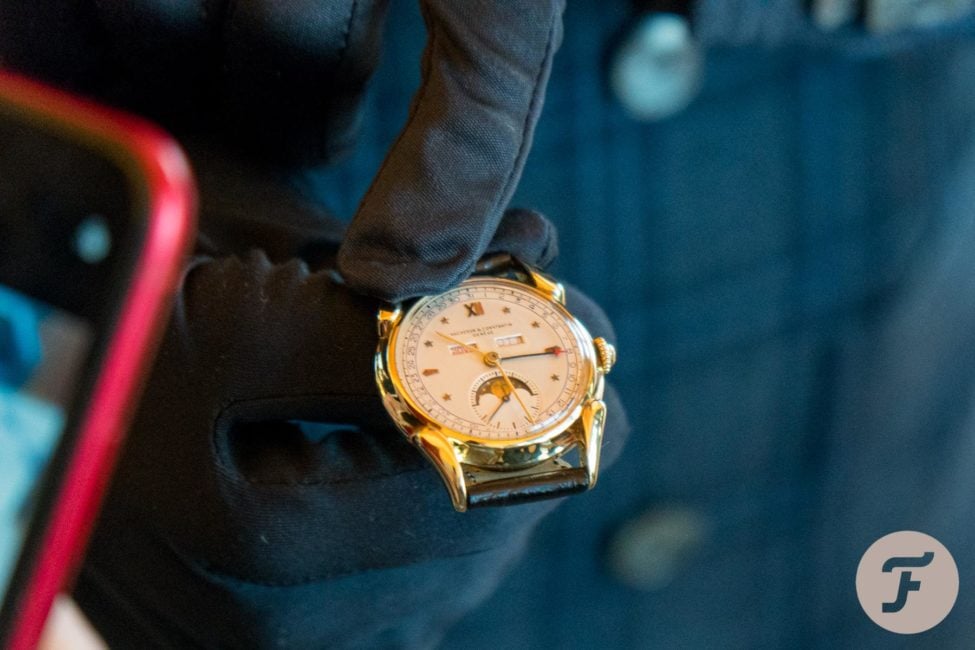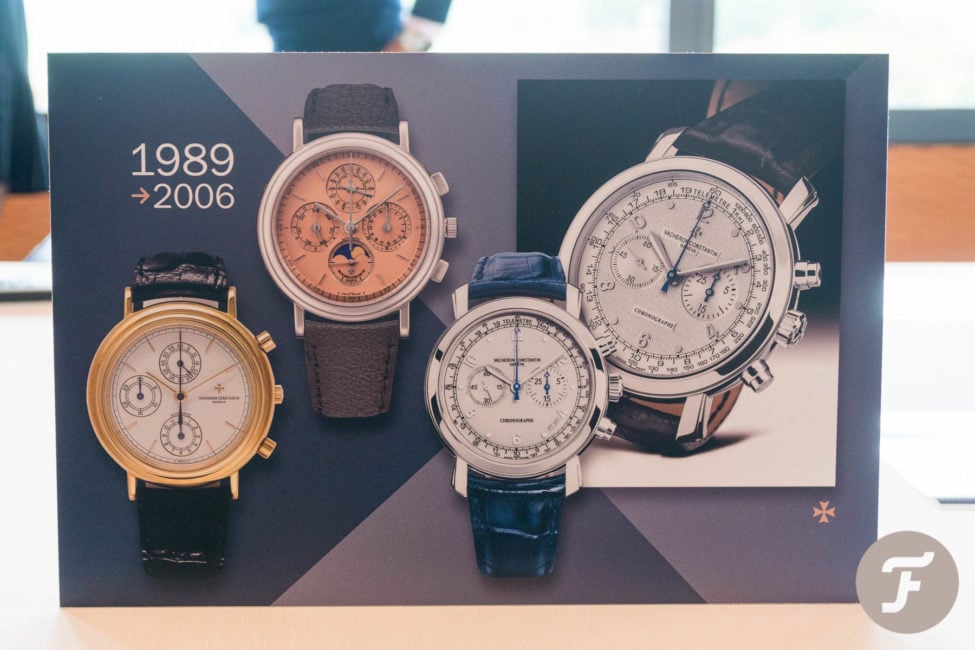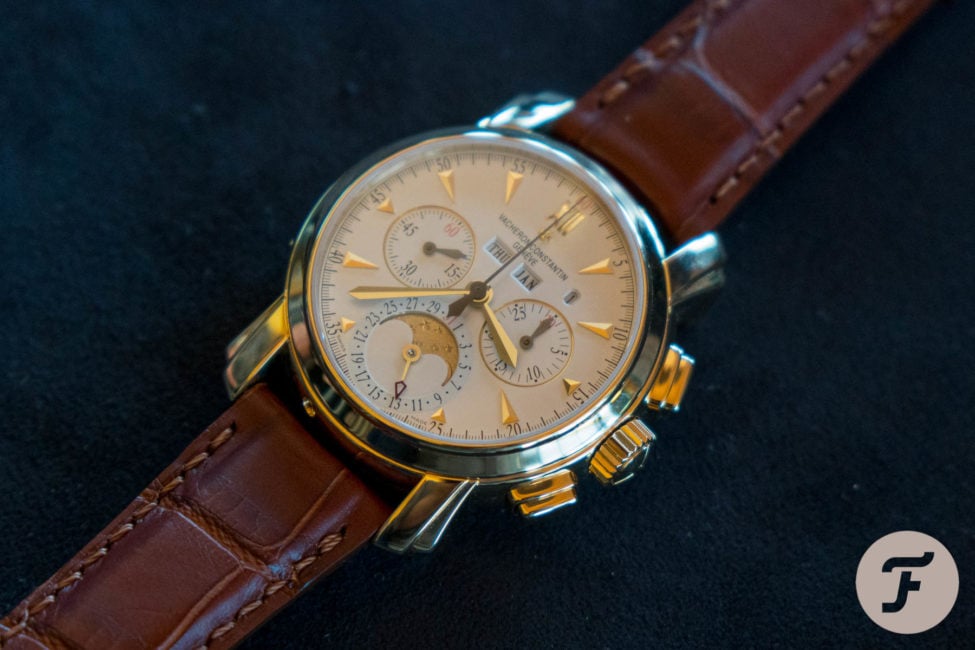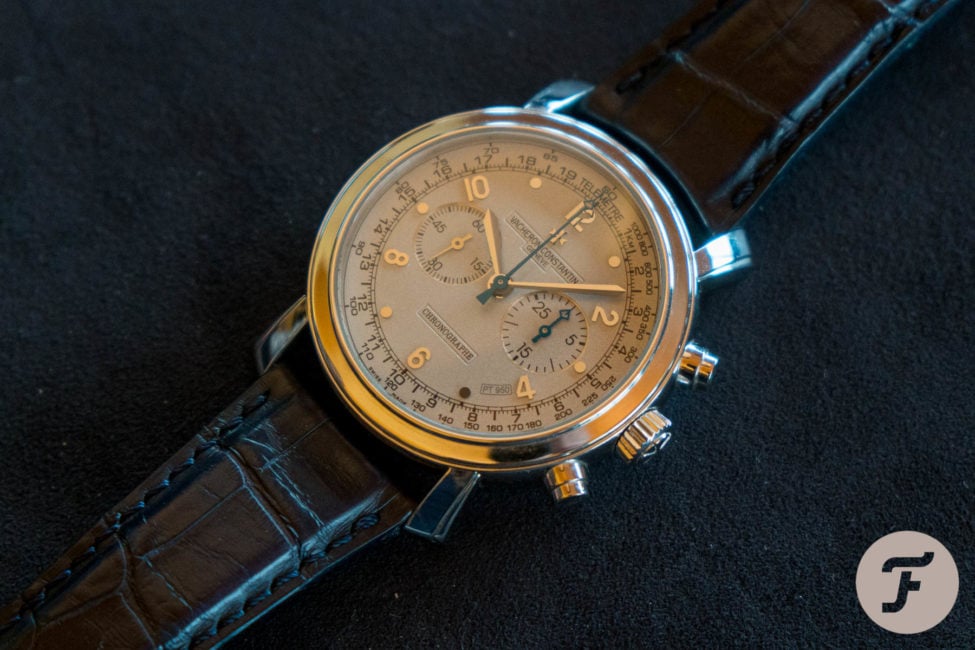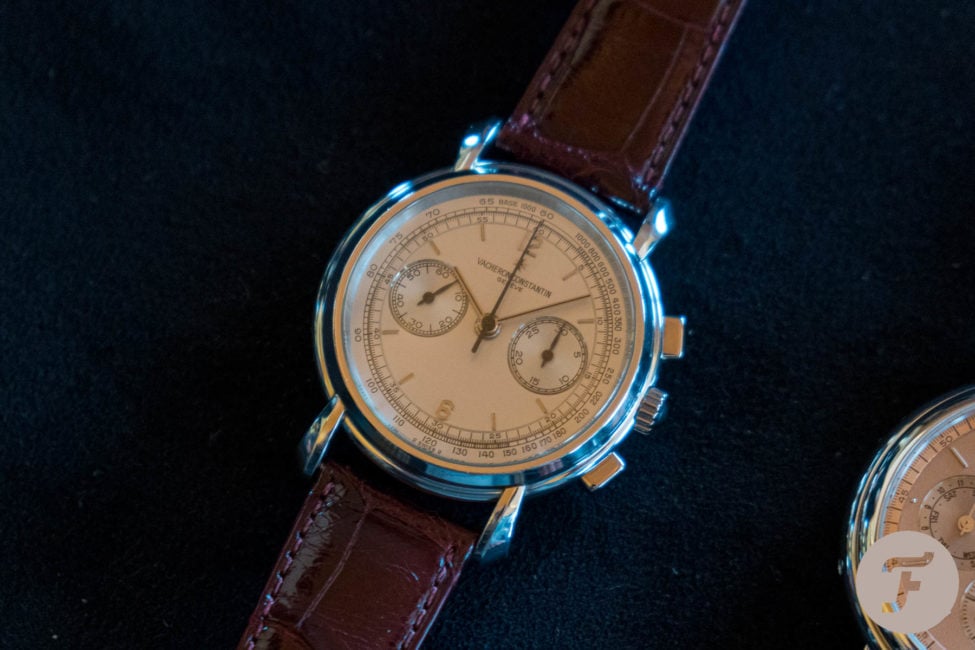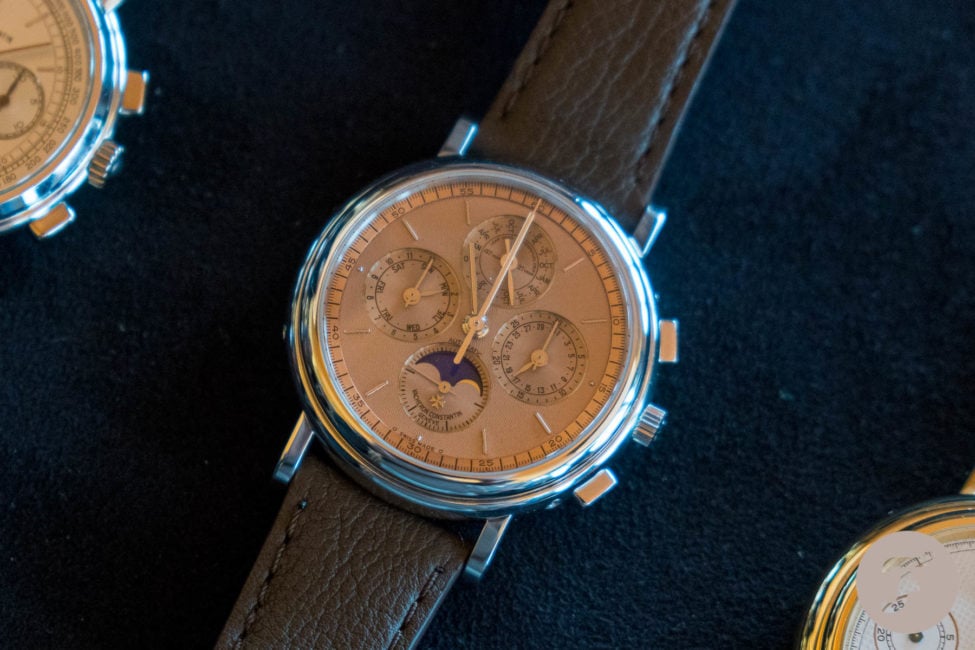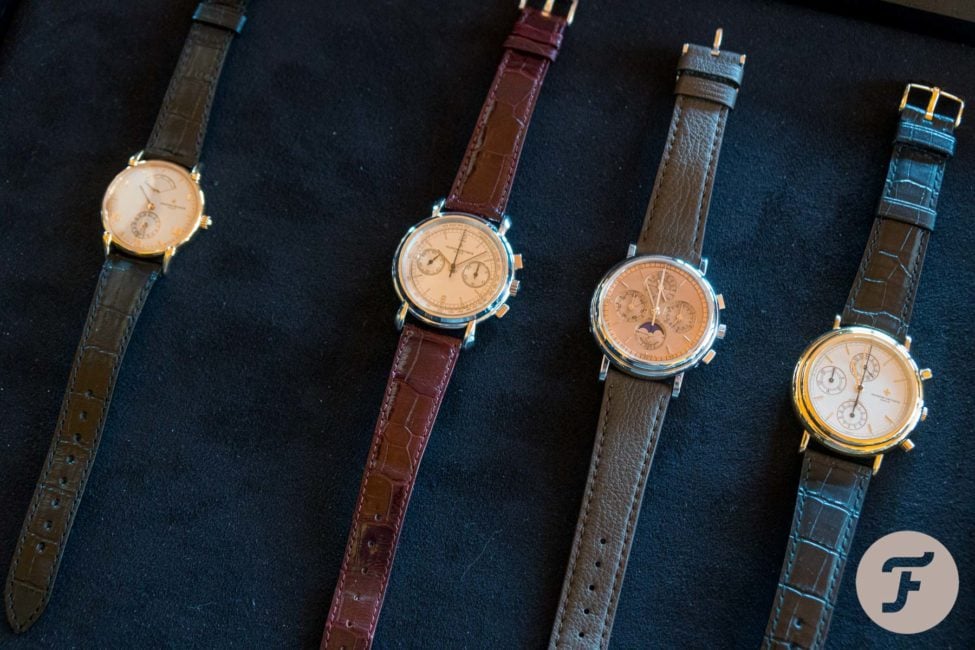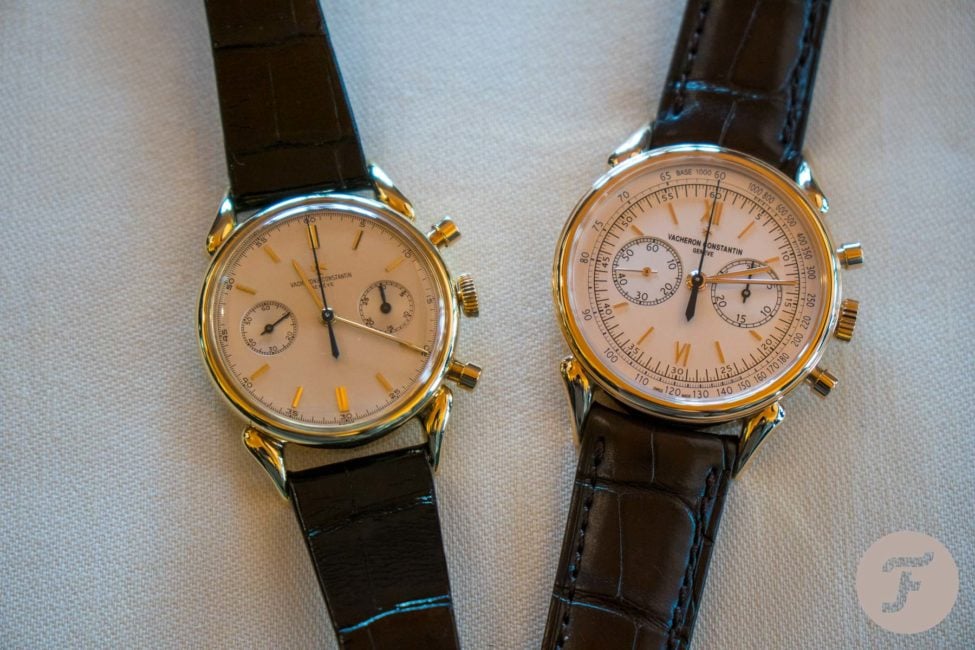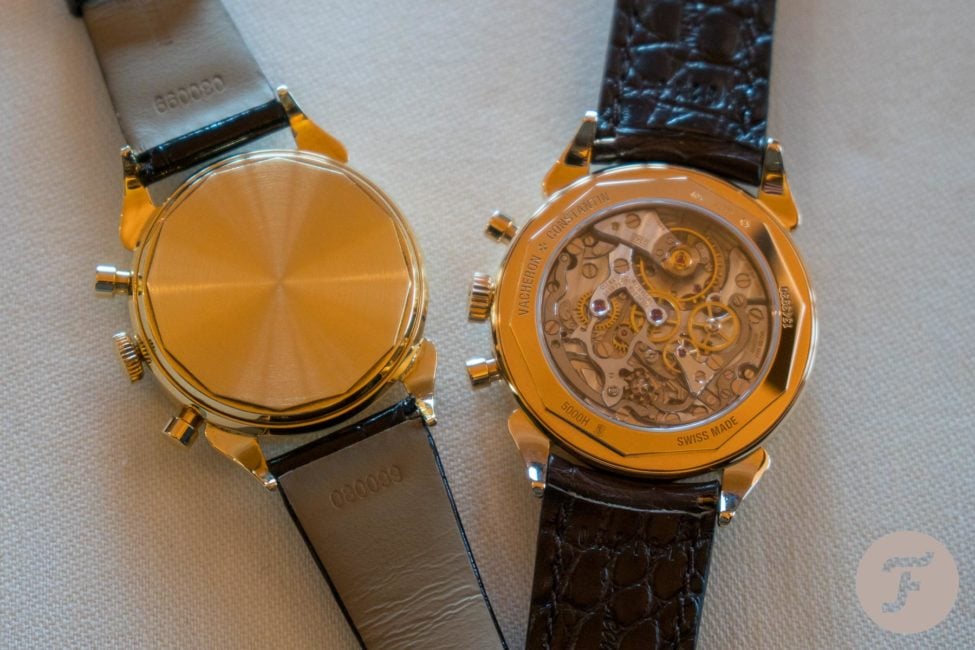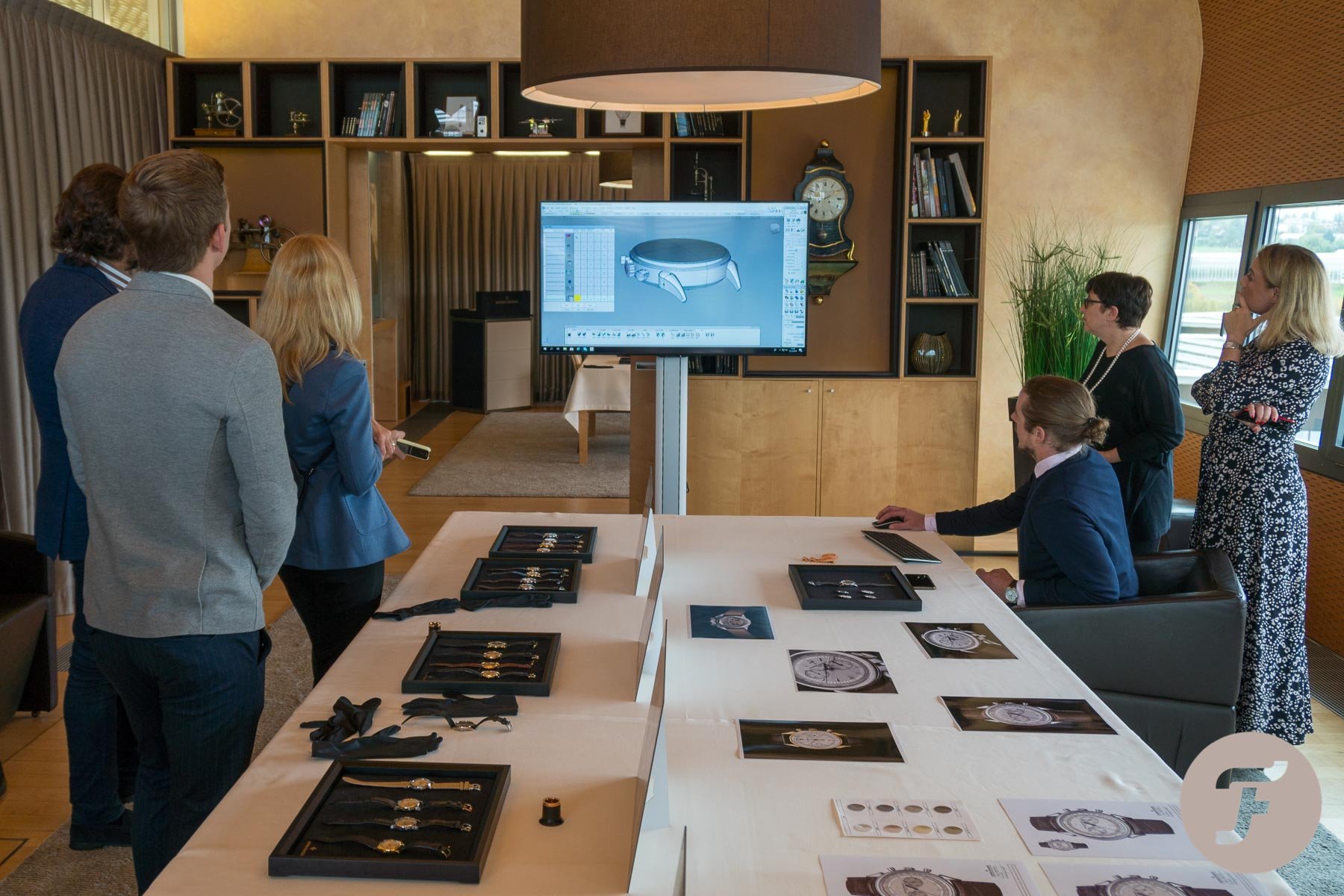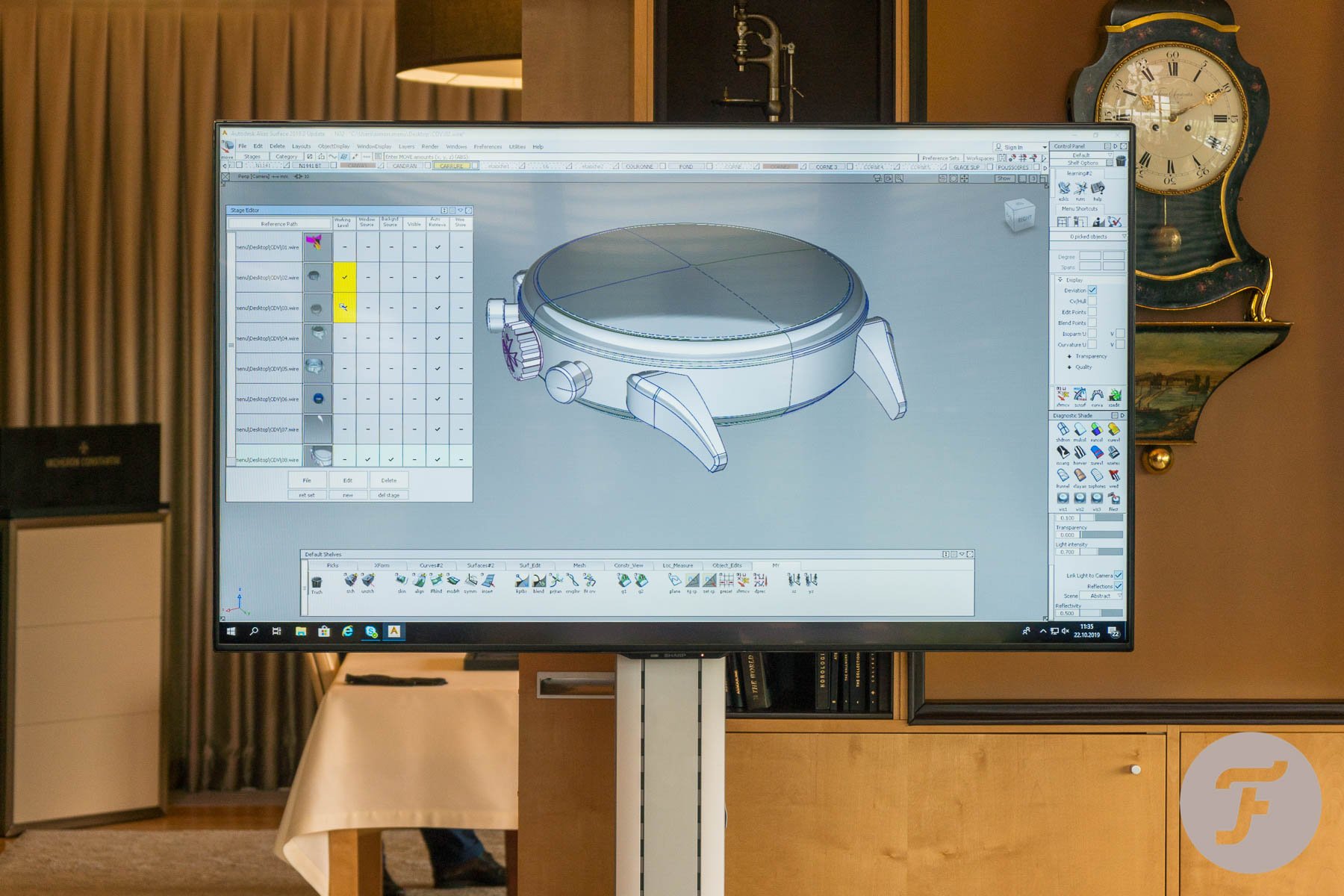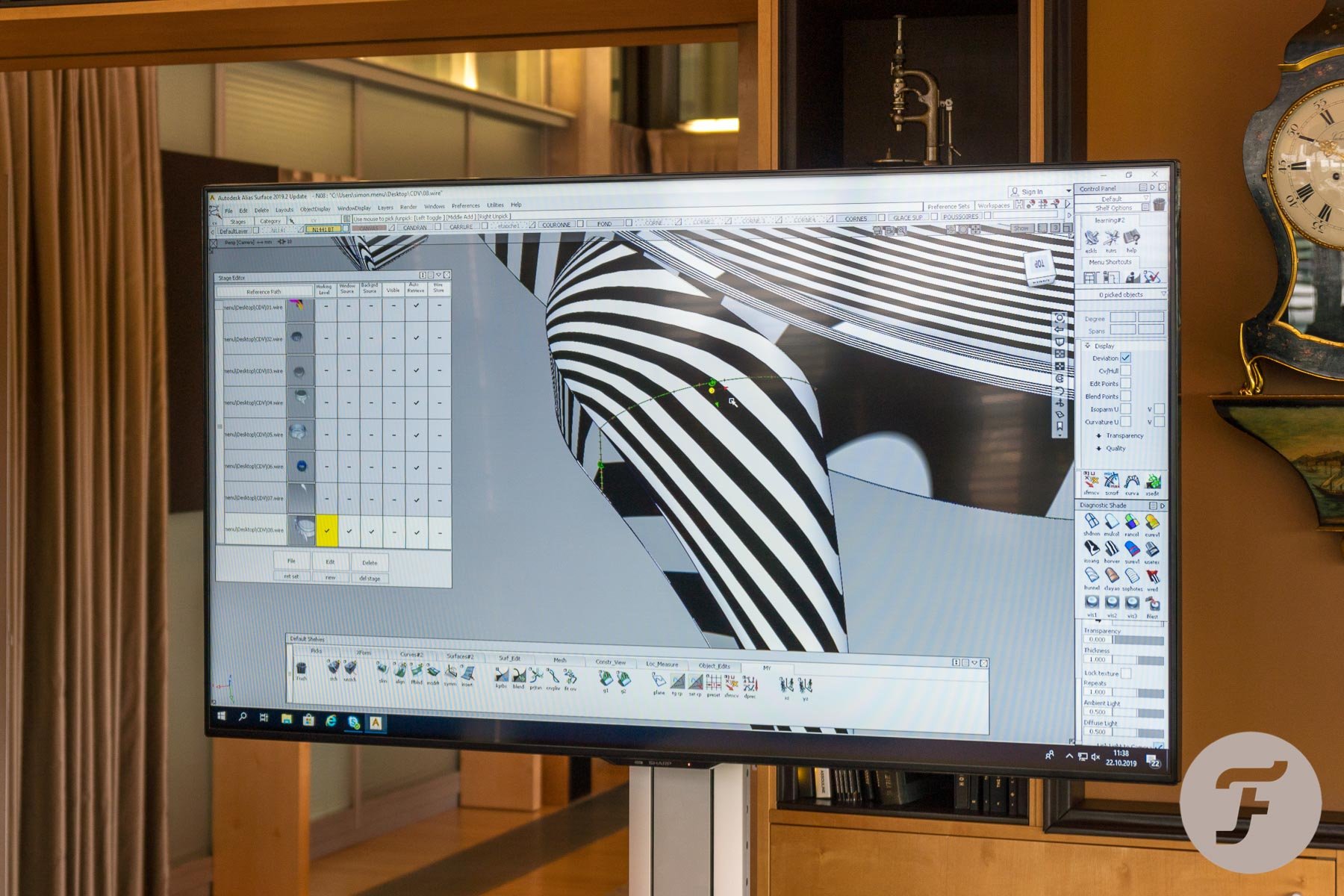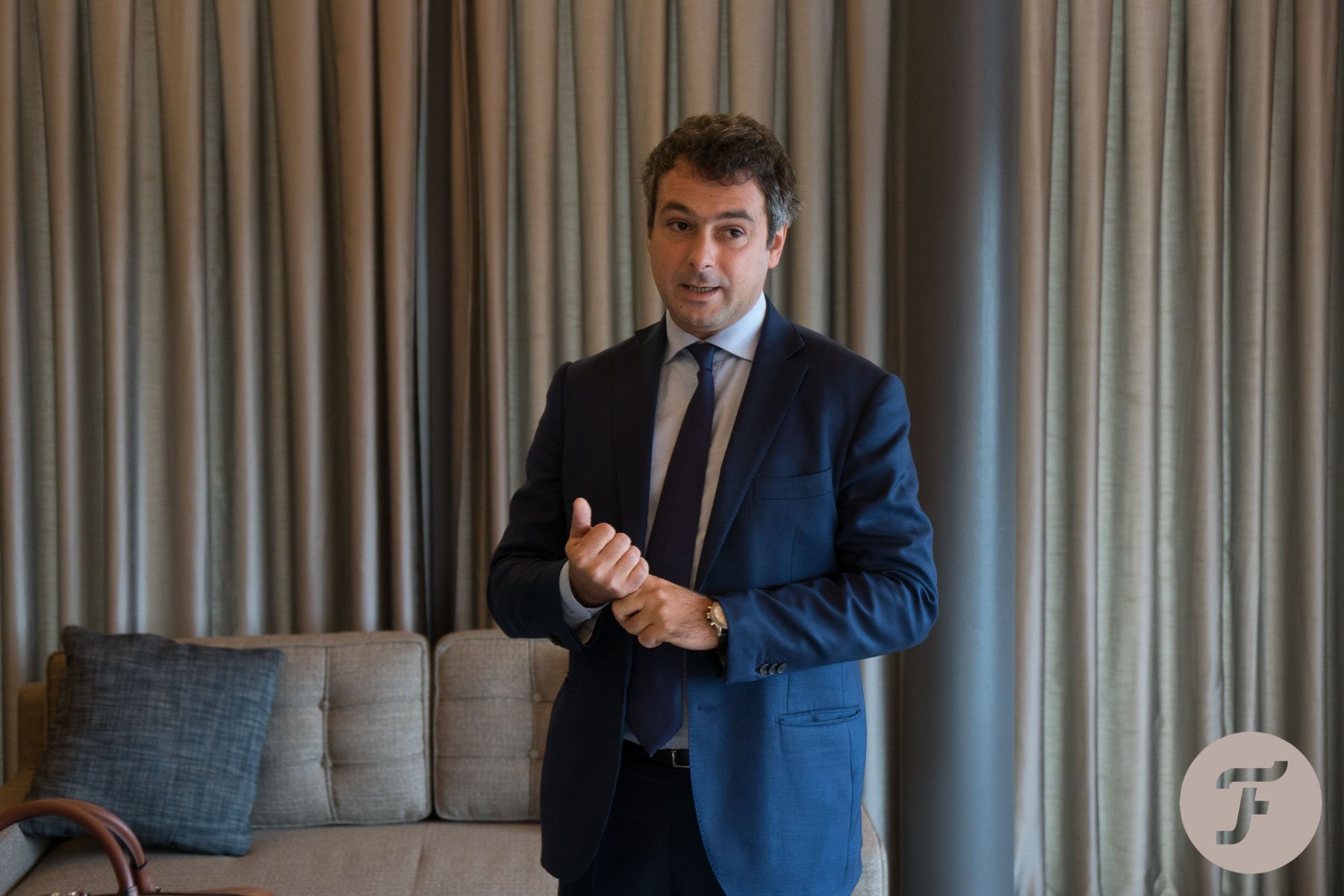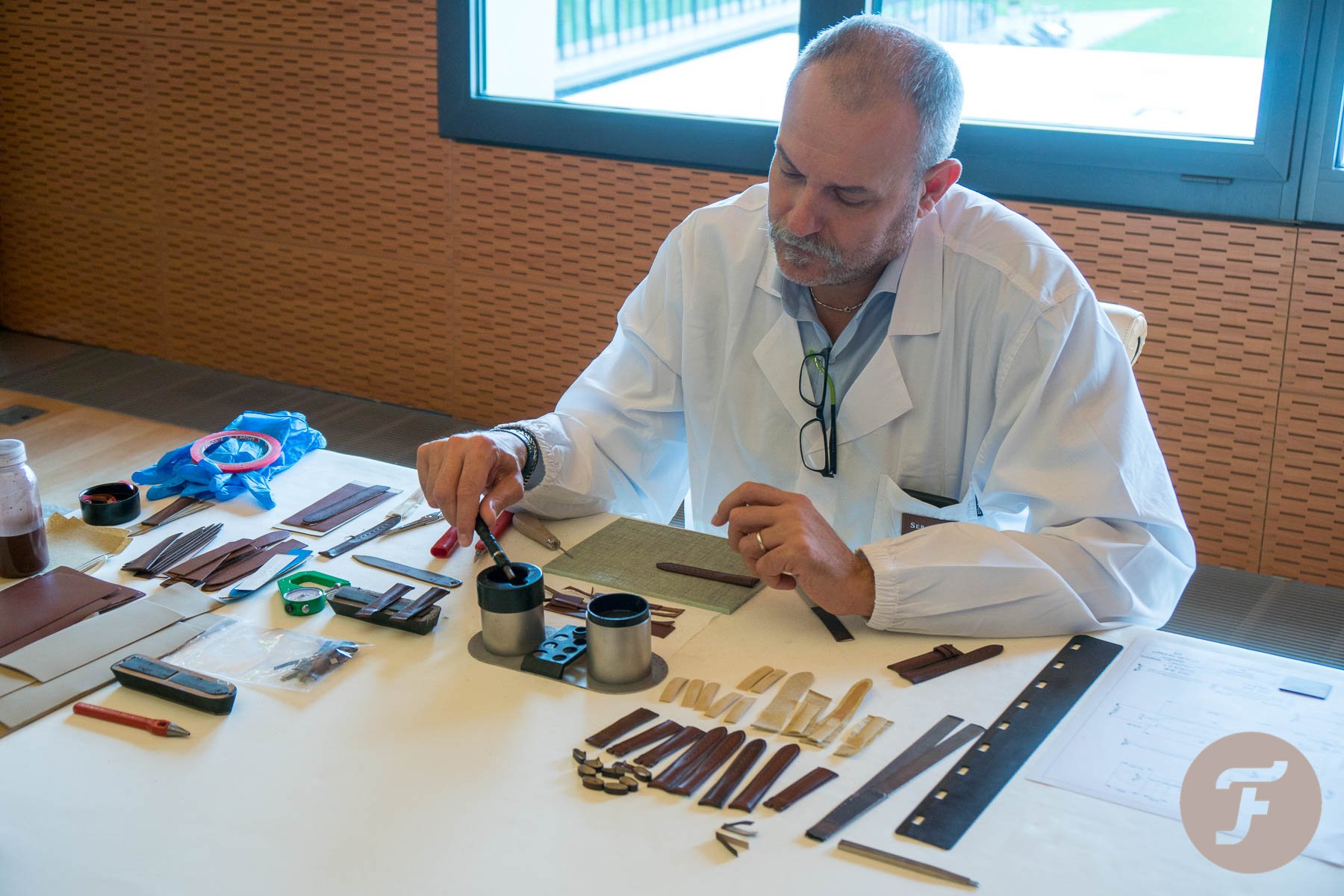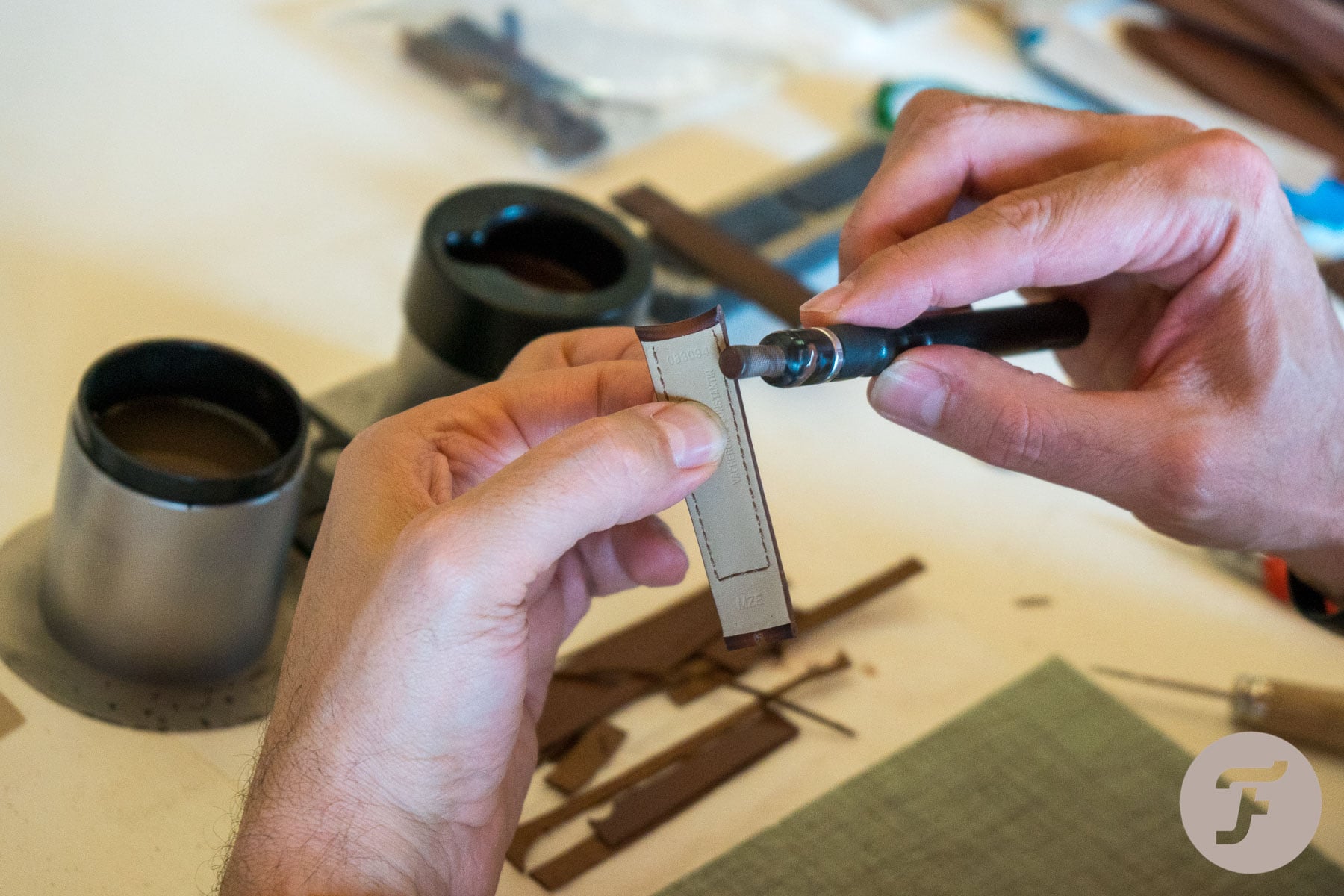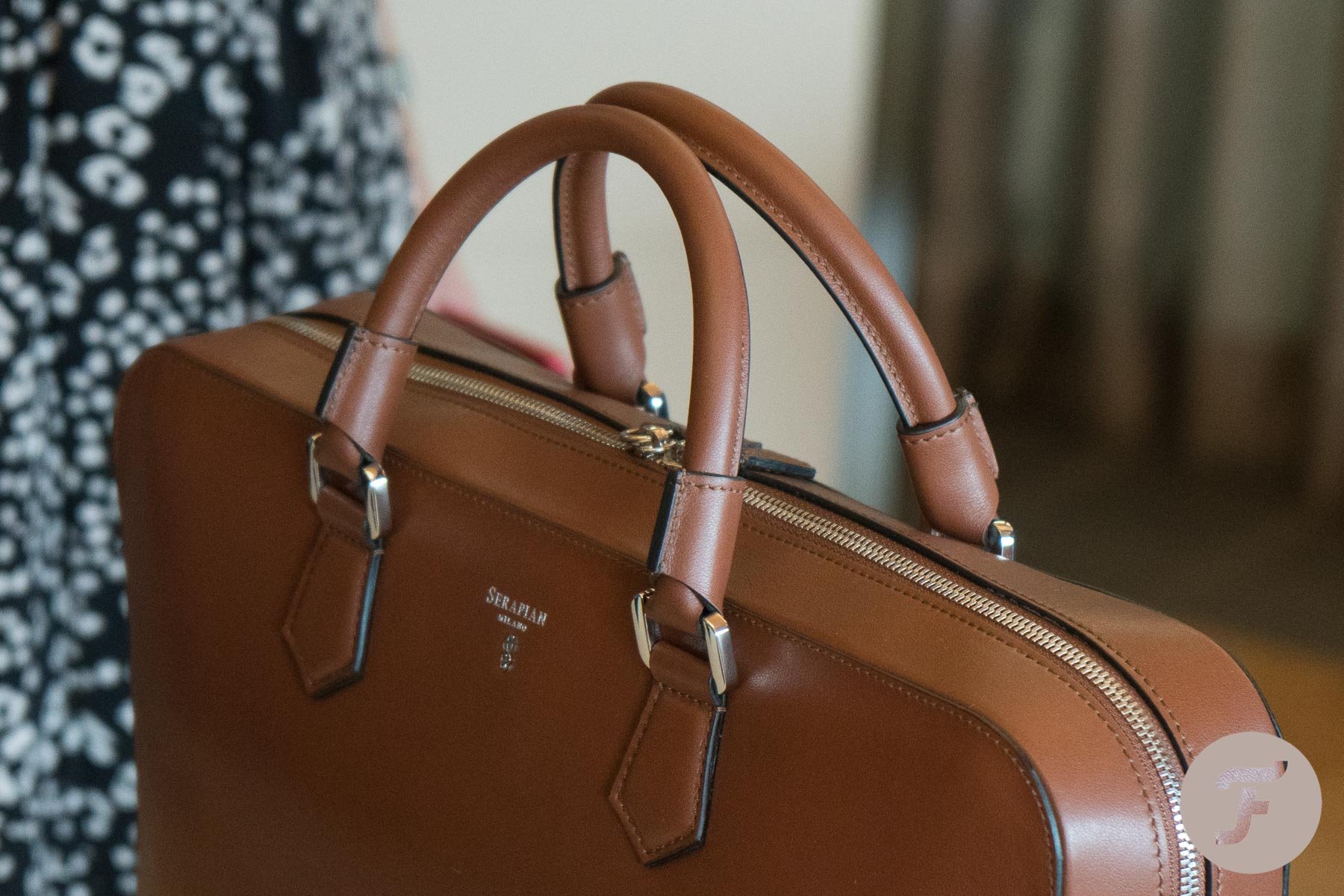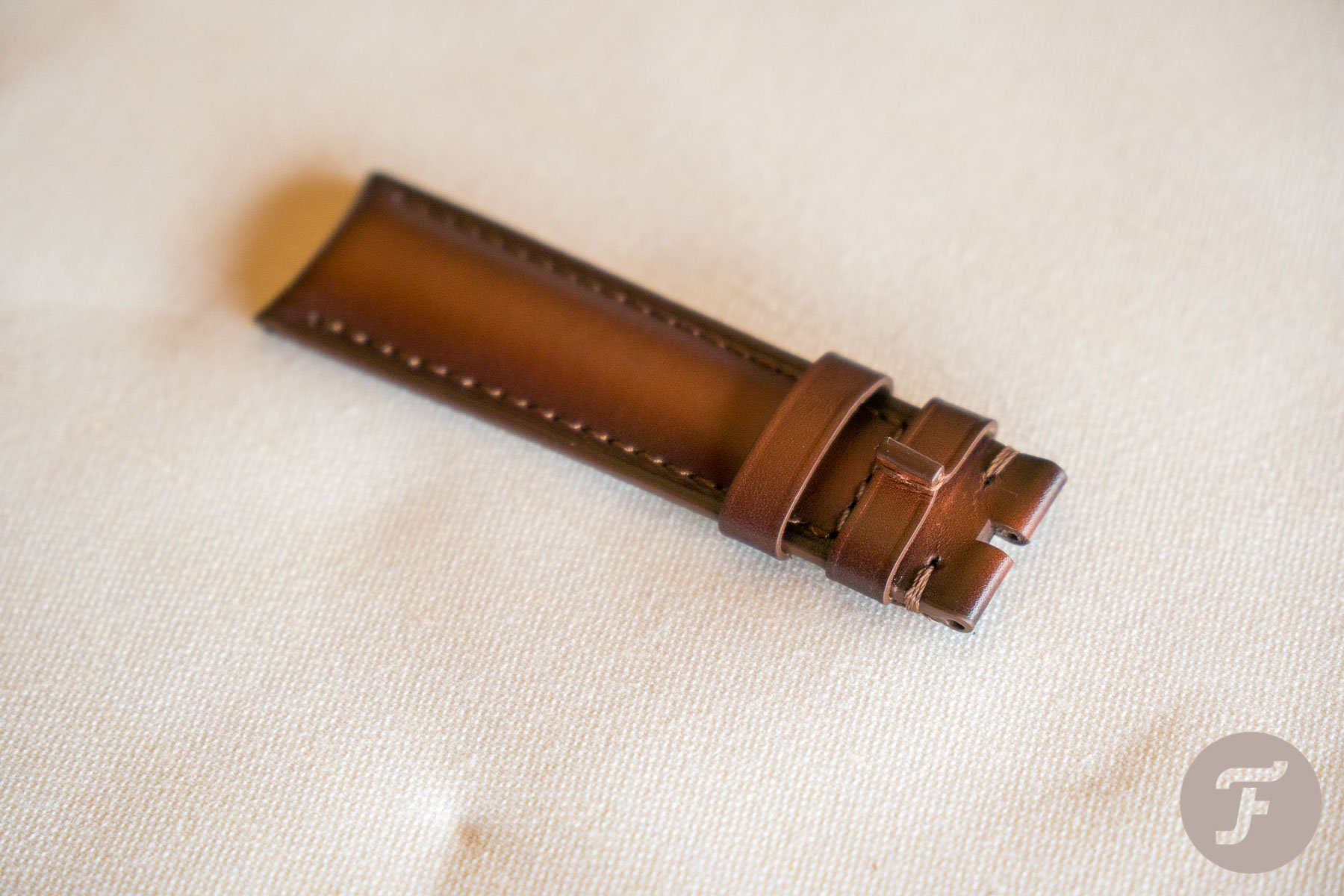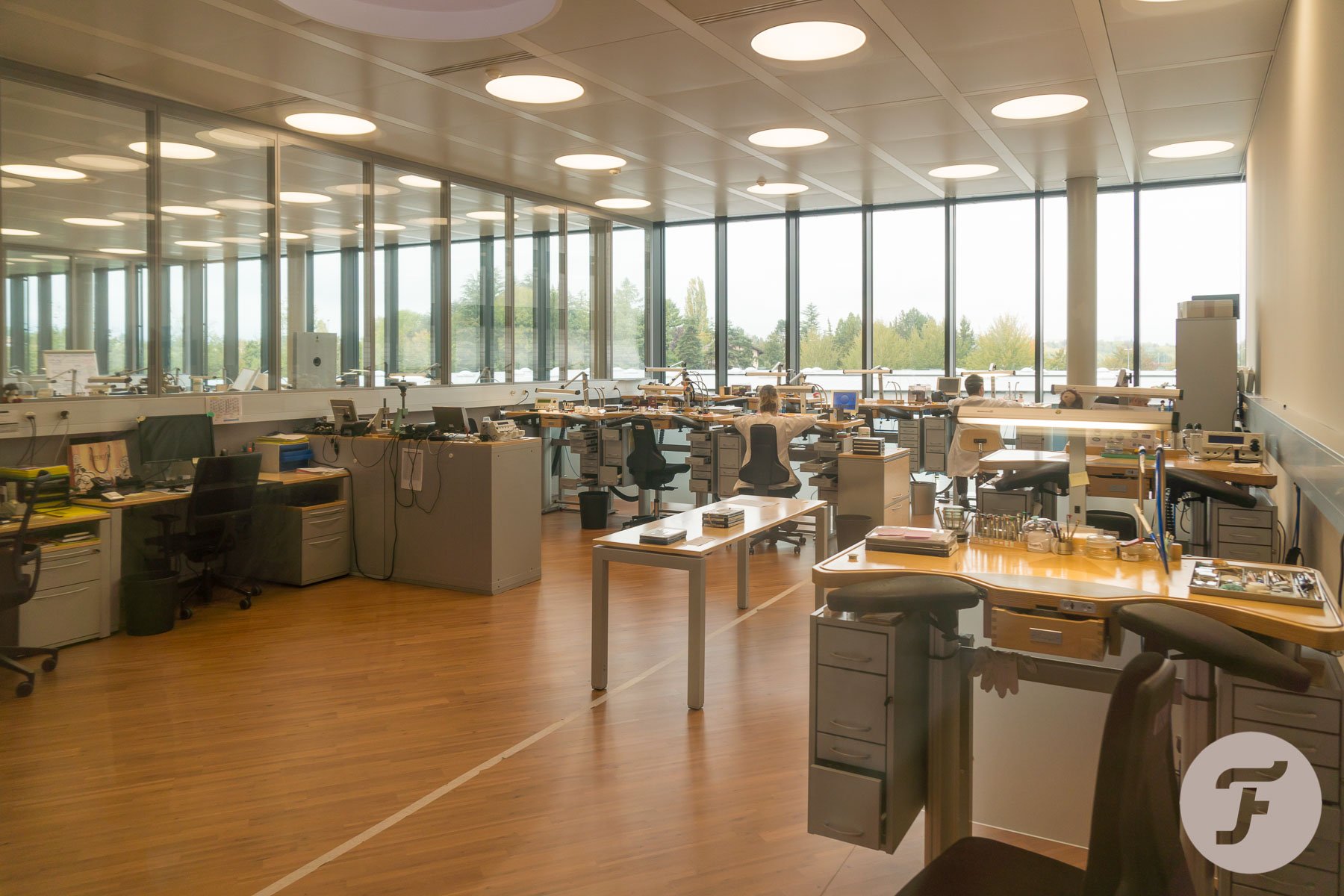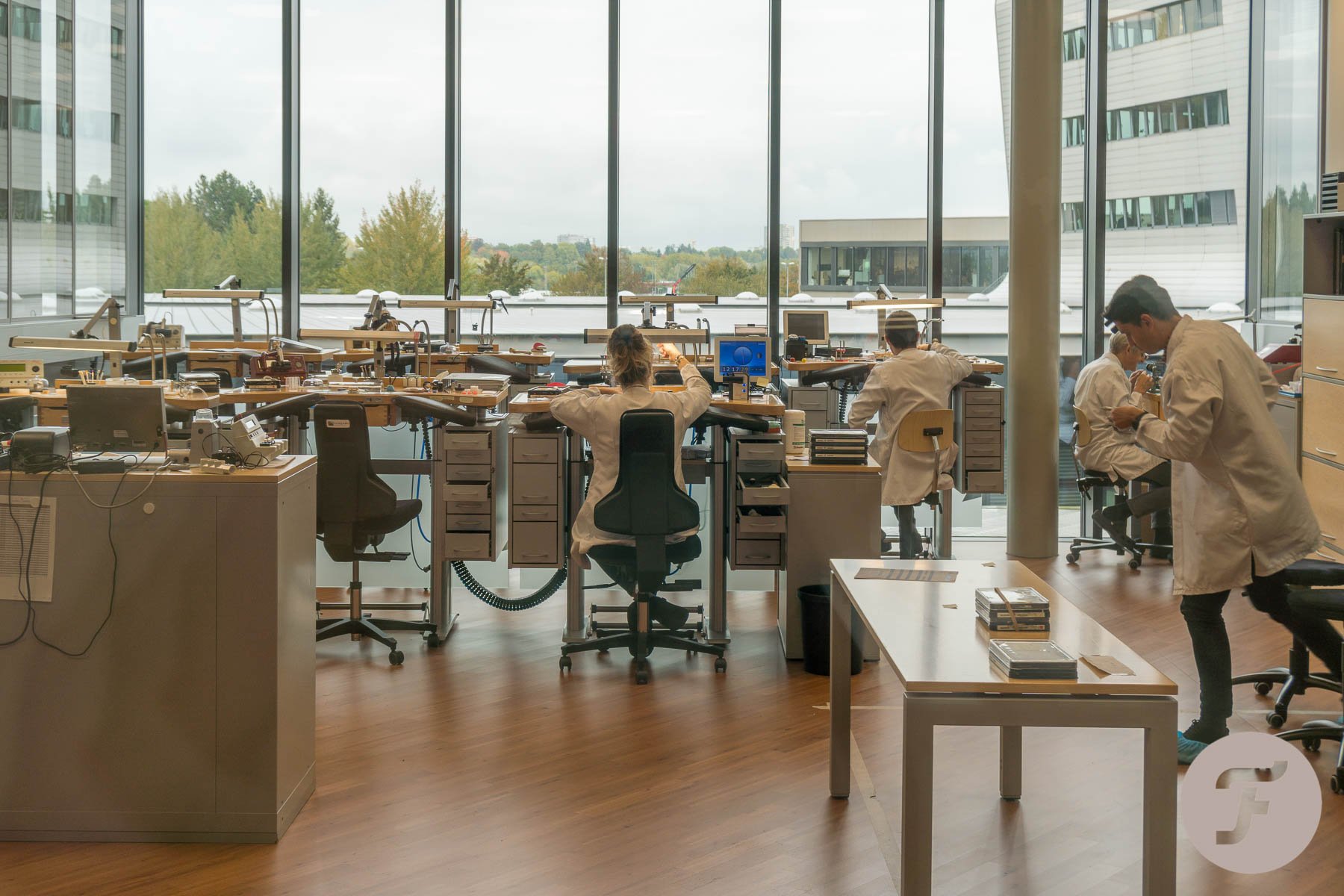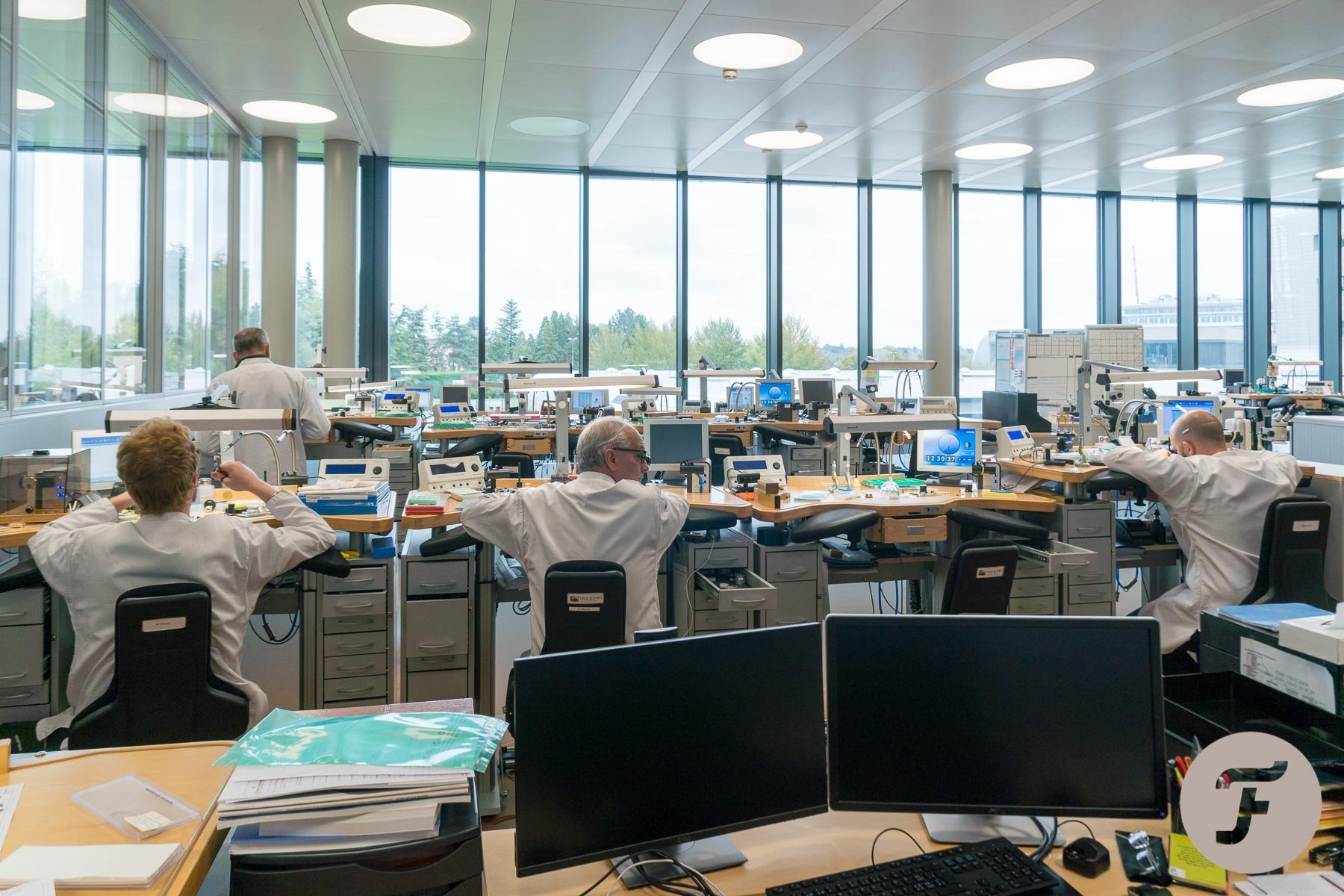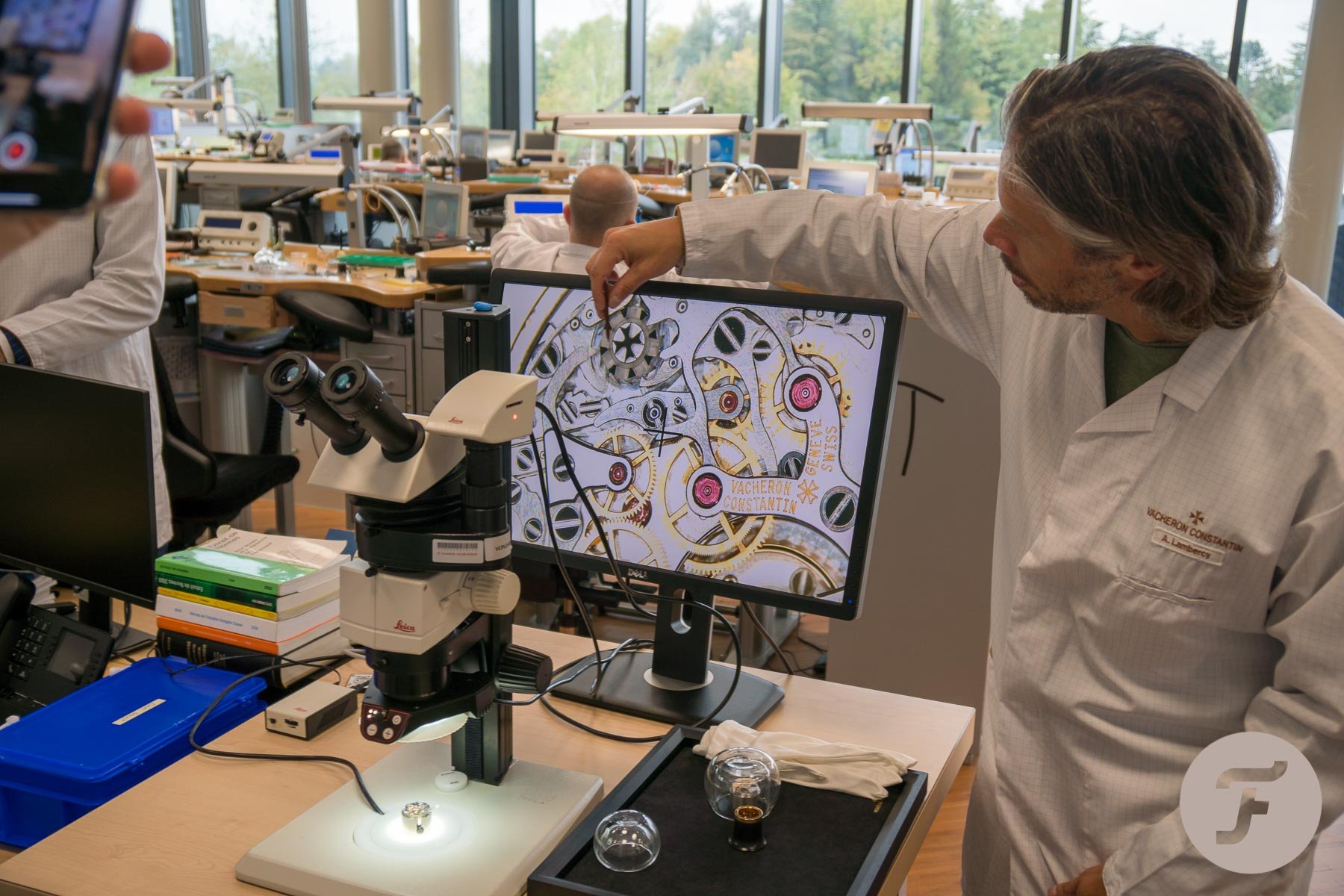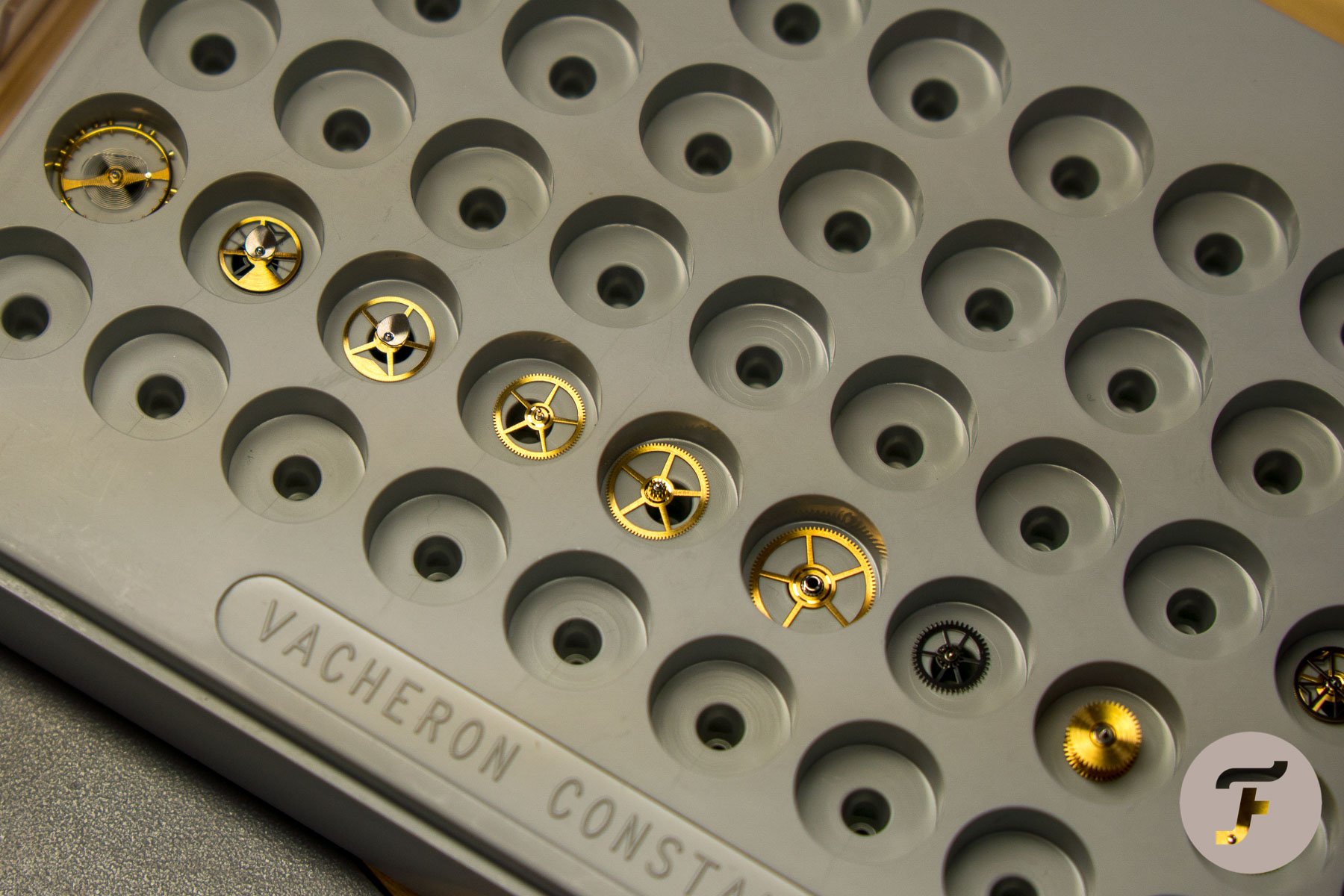Visit Report: Vacheron Constantin’s Trip Through Time
Recently, Fratello was invited to visit the Vacheron Constantin Head Quarters in Switzerland. In this article, we give an overview of the fantastic things Vacheron Constantin showed us during that day.
Unlike most factory visits, we found our way to the Vacheron Constantin HQ within 30 minutes after touchdown. This is also one of the reasons we could do this visit in just one day, as the flight is only 1.5 hours from Amsterdam to Geneva. Without further ado.
Vacheron Constantin through the years
Besides Fratello, some other journalists were invited as well to visit Vacheron Constantin. As you can see above, the Vacheron Constantin building has an impressive architecture. Although I am out of the real estate industry for over seven years now, I certainly do appreciate a building like the Vacheron Constantin HQ. The glass elevator gives a great view of the amazing open space, which goes all the way up to the glass roof. This allows daylight to brighten up the entire atrium all the way.
Pocket Watch with Dead Second Chronograph
The purpose of this trip was to have a look at Vacheron’s ‘Trip Through Time’, showcasing amazing pieces from their archives. Both pocket watches, as well as wristwatches. This is where our ‘trip through time’ with Vacheron Constantin begins. Starting with some pocket watches from the period 1874-1918. This was also the period in which Vacheron Constantin began to using the Maltese Cross as a symbol, 1880 to be precise until today. And we learn that it can be found in the smallest details s well. The main criterion of Vacheron Constantin is to combine something very technical with delicate details in terms of decoration. For example, this pocket watch with a dead second chronograph.
Corps of Engineers (Military Timepiece)
Another watch with a silver case, which is quite interesting for the history of Vacheron Constantin, ordered by the US army in the early 20th century. For all the soldiers in Europe that fought during WWI. The corps of engineers was the unit devoted to the reconstruction of civilian buildings, railroads, and bridges after the end of WWI. The first order was around 50.000 watches, which was a lot at the time, and after two prototypes in 1917, they started production. They needed to be robust, reliable, and legible in the dark. So they came with luminescent material to see the time in the night. During their most productive months, they made around 300 pieces a month.
Vacheron Constantin Watches in Steel
During the middle of the 1920s, Vacheron Constantin started producing watches with stainless steel cases. It was interesting for the watchmakers as they could produce complicated watches that were more robust at the same time. The big advantage of stainless steel is that it doesn’t oxidate as silver does. The link with sporty watches was quickly made. It also allowed for more complex shapes, which is something you can see in the more complicated shape of the lugs, for instance. Another advantage, apart from being a cheaper material, during the economic crisis, many countries had extra taxes on luxury products, and using steel was a way to go around that. Mixing steel with gold was an interesting way to keep the luxury aspect, by merely making specific details of the watch in gold.
Vacheron Constantin in the 1950s
Moving on to details of the watches, another central theme back in the days was the shape of the lugs. Getting creative with the shape of the lugs turned out to be very successful in the US. Yet still keeping the design balanced. During the middle of the 1950s, actually, at the 200th anniversary of the brand, the famous reference 6087 was launched. This watch turned out to be the inspiration for the current Cornes de Vache model. This chronograph was not only impressive for its complicated design, but it was also waterproof and fully protected against magnetism due to its inner iron case. Quite an achievement to create a waterproof chronograph that was also fully antimagnetic.
Vacheron Constantin in the 1970s and 1980s
During the 1970s, the interest for mechanical watches dropped due to the quartz technology that was introduced in 1969. During the beginning of the 1980s, Vacheron starts the production of self-winding chronograph watches and more complicated chronographs, adding things like a perpetual calendar. During the same period, there was a lot of inspiration coming from old designs, which meant the start of the historical collection, which are close to the watches from the 1940s. Ending with the Cornes de Vache, which was launched in 2015, which gave us a quick look into some 200 years of the chronograph by Vacheron Constantin.
Design process
Amazingly enough, after we caught our breath again after seeing so many beautiful vintage Vacheron Constantin watches, they give us an insider’s view on the design process of the Cornes de Vache 1955 case. It is entirely digitally rendered in 3D, including special previews of how the shape of the lugs affects the way they capture and play with light. Each part of the case is fully rendered and checked extensively. Models are printed in 3D to get a better impression. This is something most watch manufacturers do nowadays, as it gives a quick and representative view of what the final watch will look like on the wrist.
Handmade Leather Straps
We move on to the next meeting room where we meet up with the people from Serapian. Serapian is an Italian brand that specializes in luxury and bespoke leather items. They are the manufacturer for the calf leather strap on the Historiques Cornes de Vache 1955 watches. Serapian was founded in 1928, and what we learn from this presentation, in a nutshell, is quite impressive. Each strap is entirely made by hand to specific measurements, and the tolerances are incredibly narrow. Although tolerance of 0.2 millimeters is nothing special in the land of watchmaking, try to stay within tolerances like that when working with a natural product like leather. All parts of the strap, including an unbreakable liner, are assembled and finished by hand.
Serpian specializes in one-of-a-kind leather goods, whether it’s only a monogram or a fully customized product. Even if you want something that precisely matches one of your garments, this company is one to visit for sure. One signature detail on the leather goods they create is an, simply said, outward seam. This is easy to spot detail on the bags they brought with them. On the leather straps they make for the Cornes de Vache 1955, this detail shows in one of the keepers on the strap. Quite unique.
Quick factory tour
Last but not least, we join Christian Selmoni, Director Heritage & Style of Vacheron Constantin, for a quick tour through the manufacture.
We want to thank Vacheron Constantin for the invite and their hospitality.

